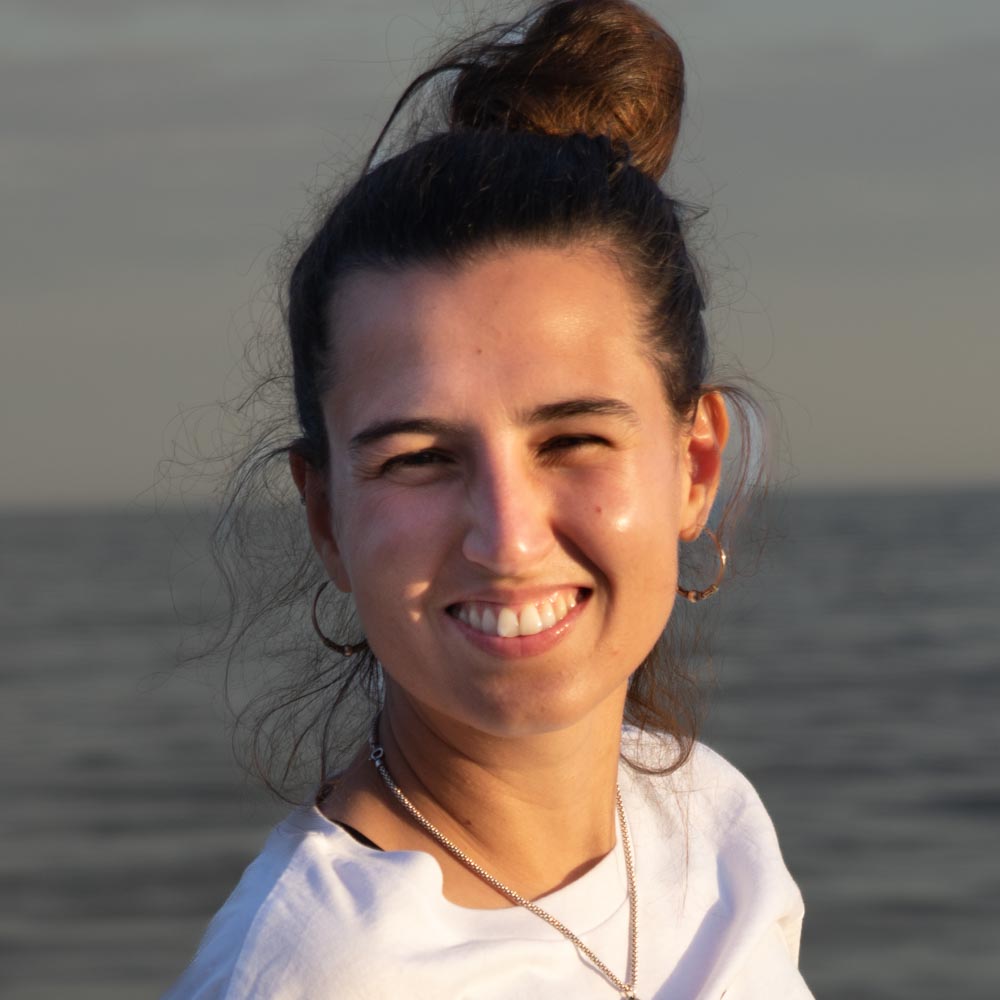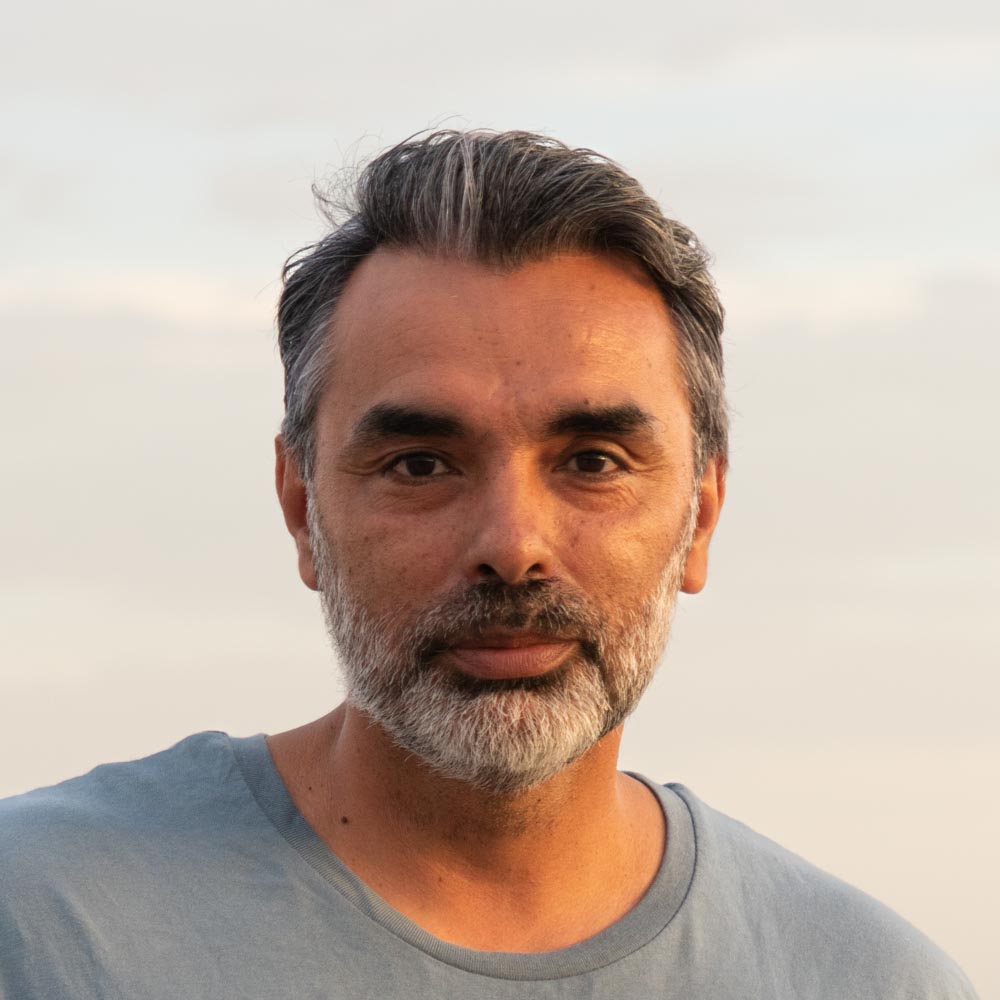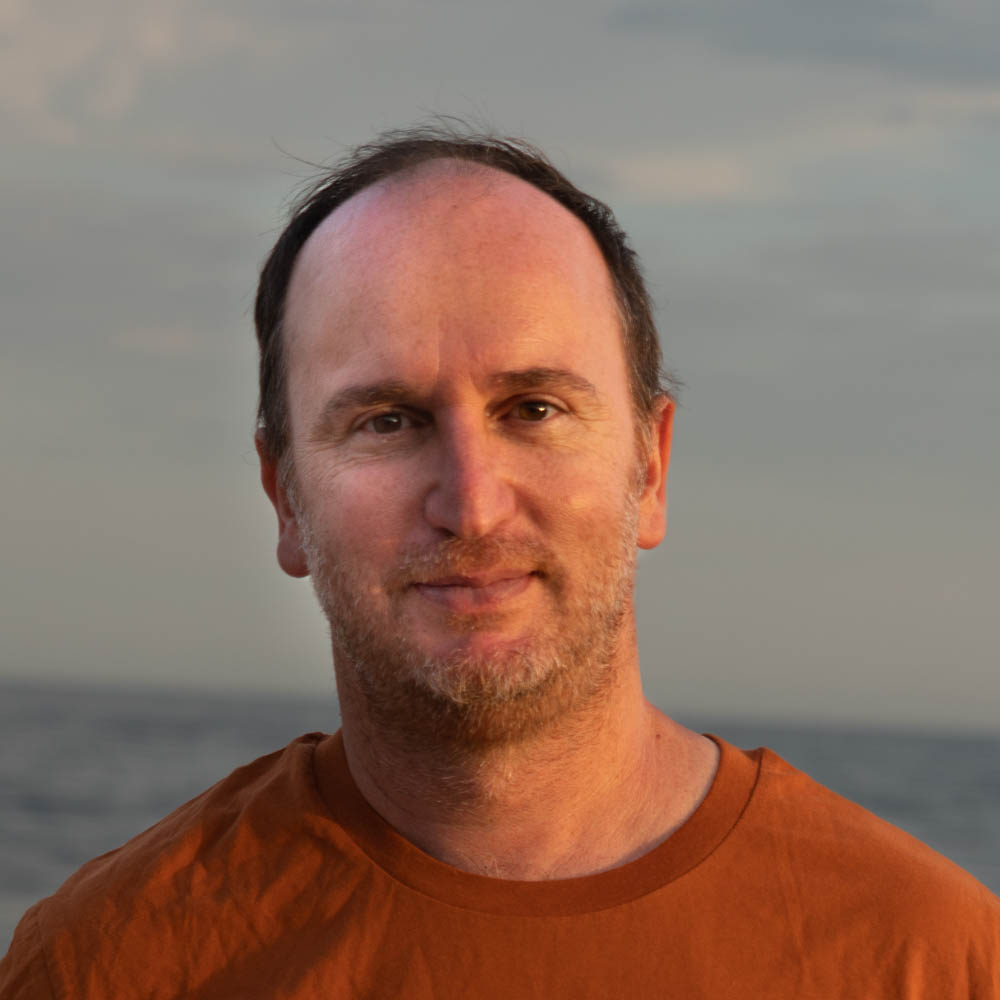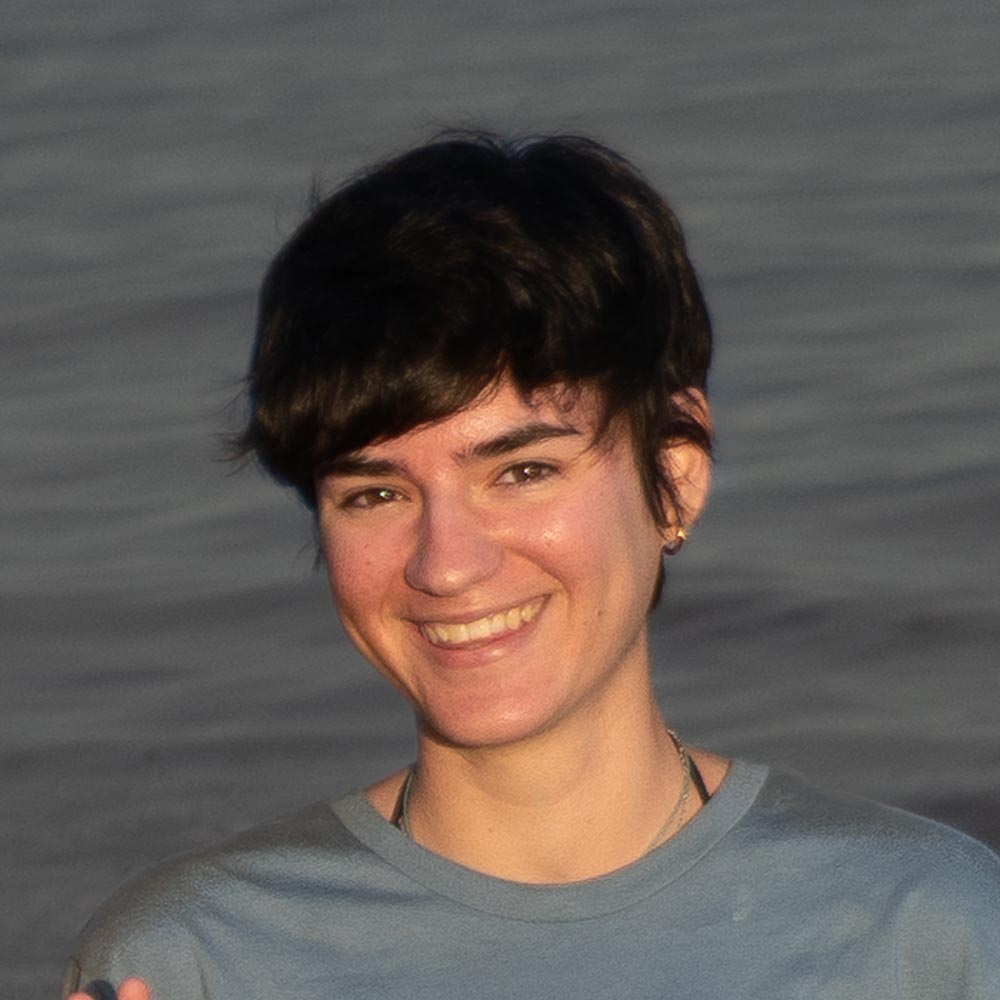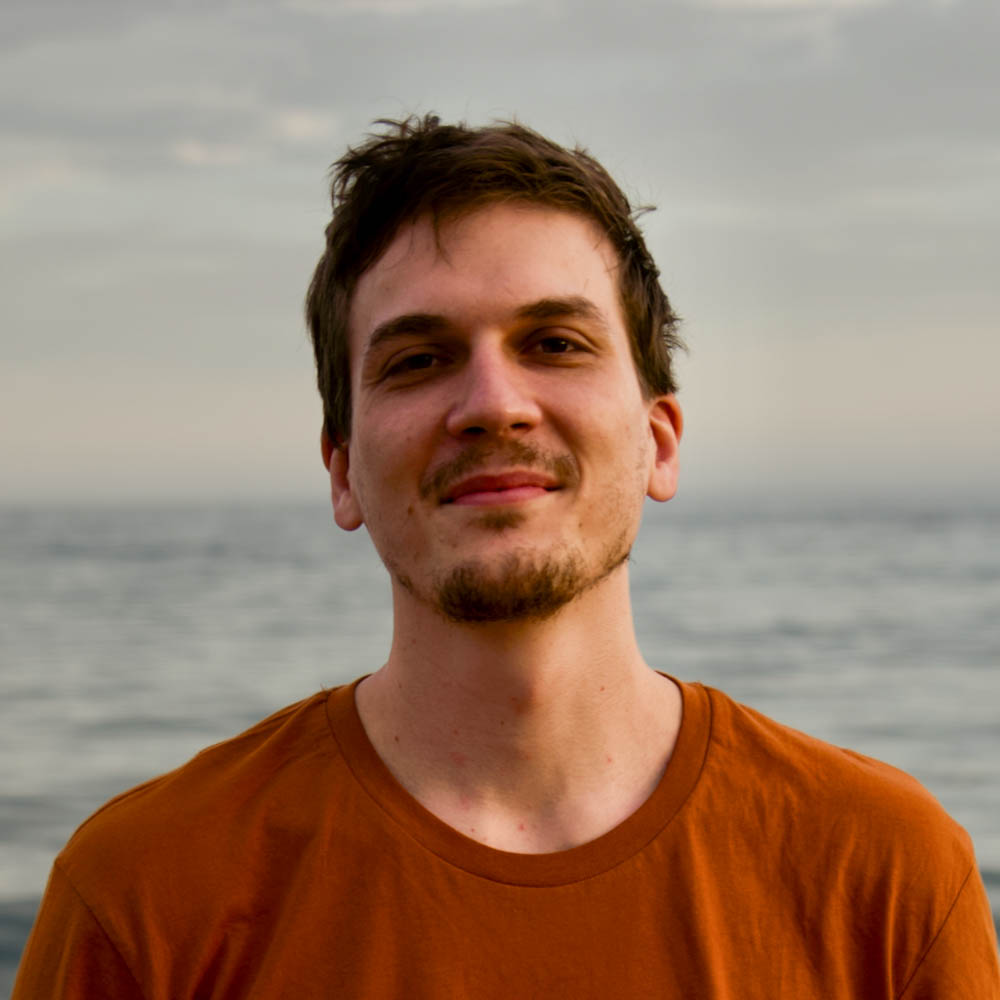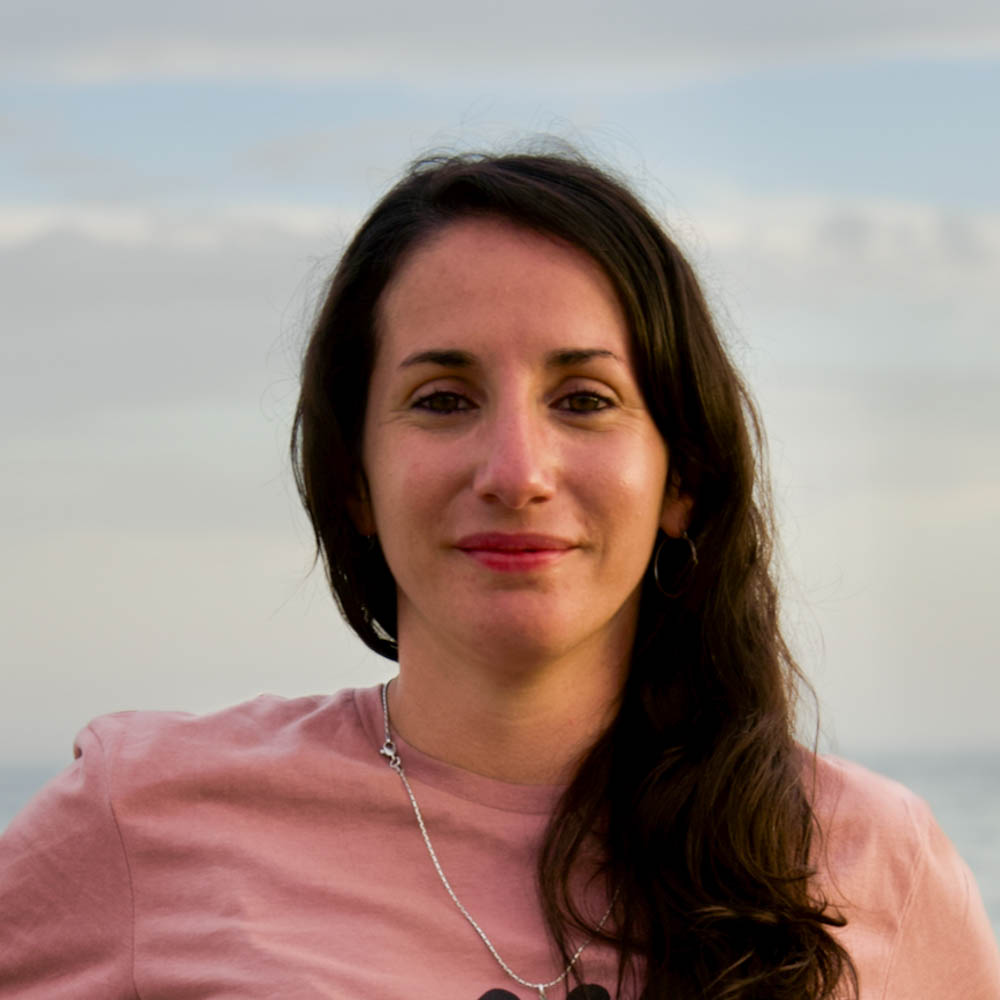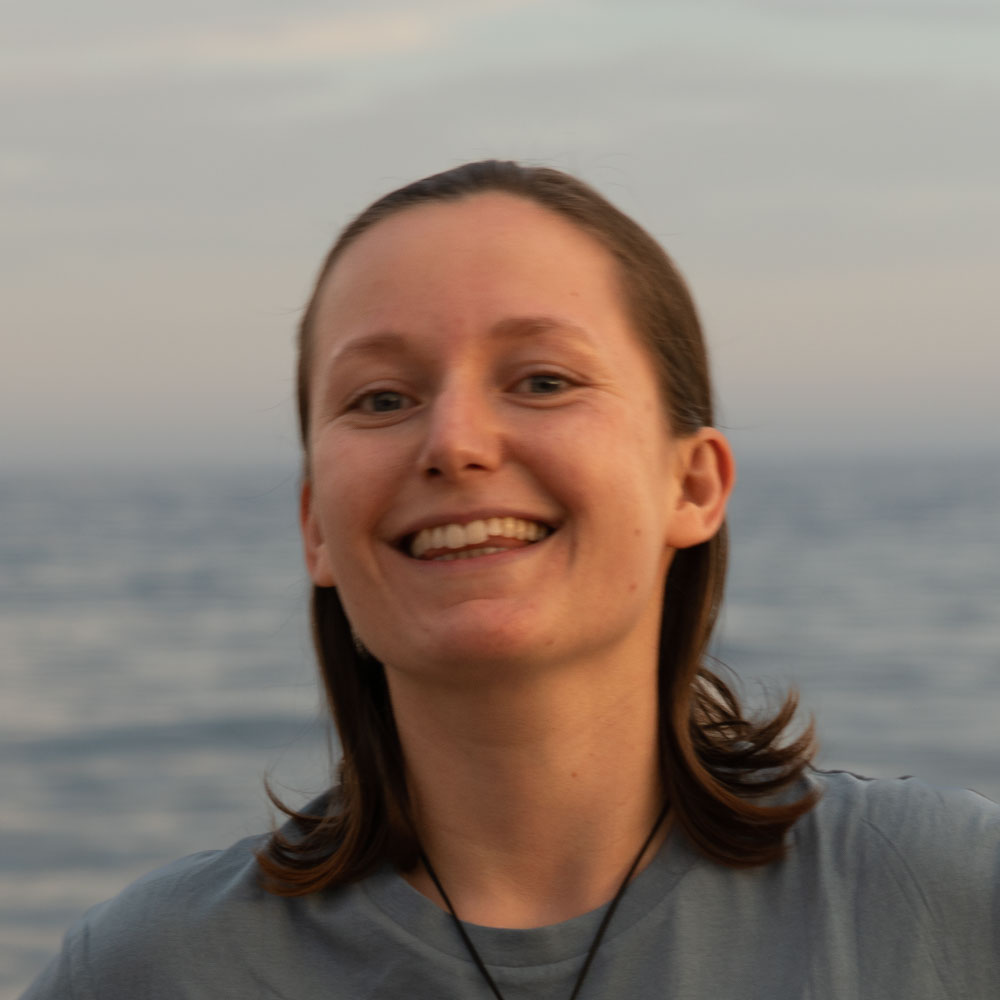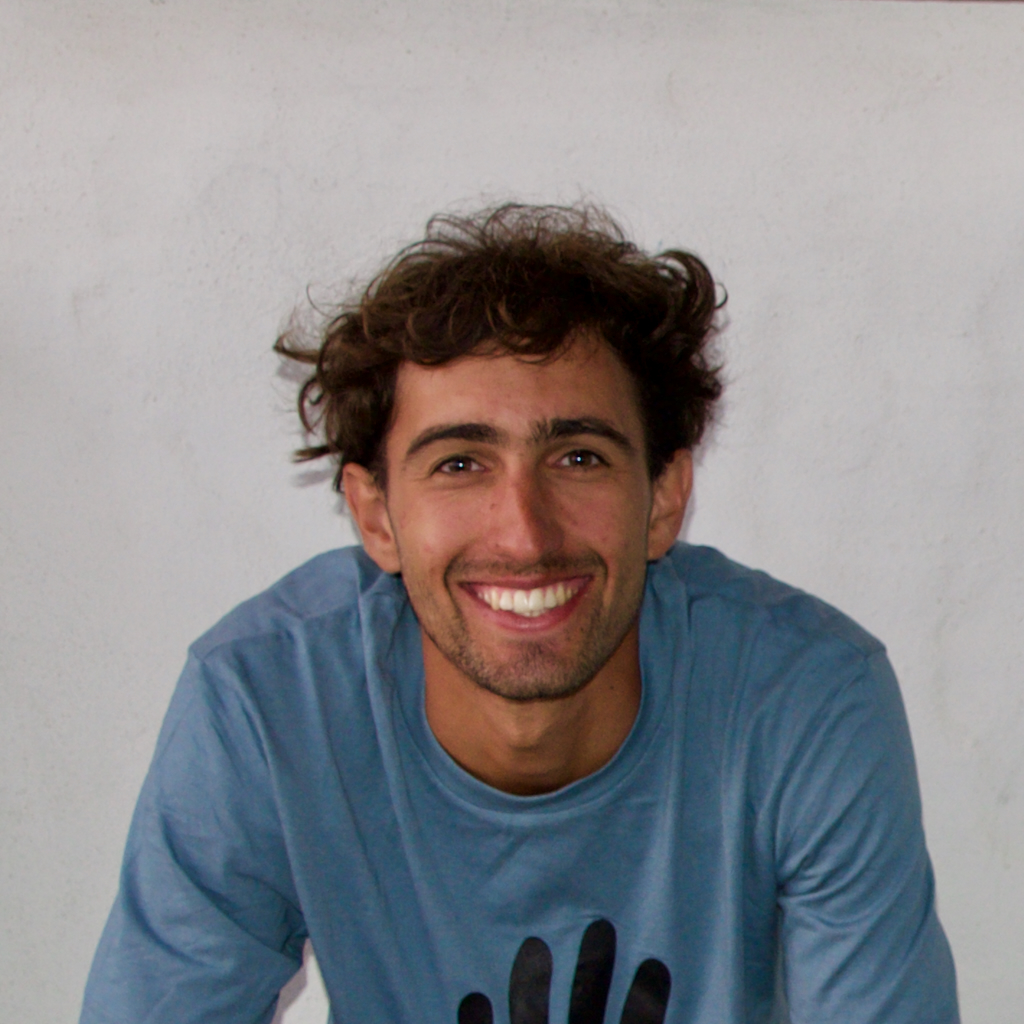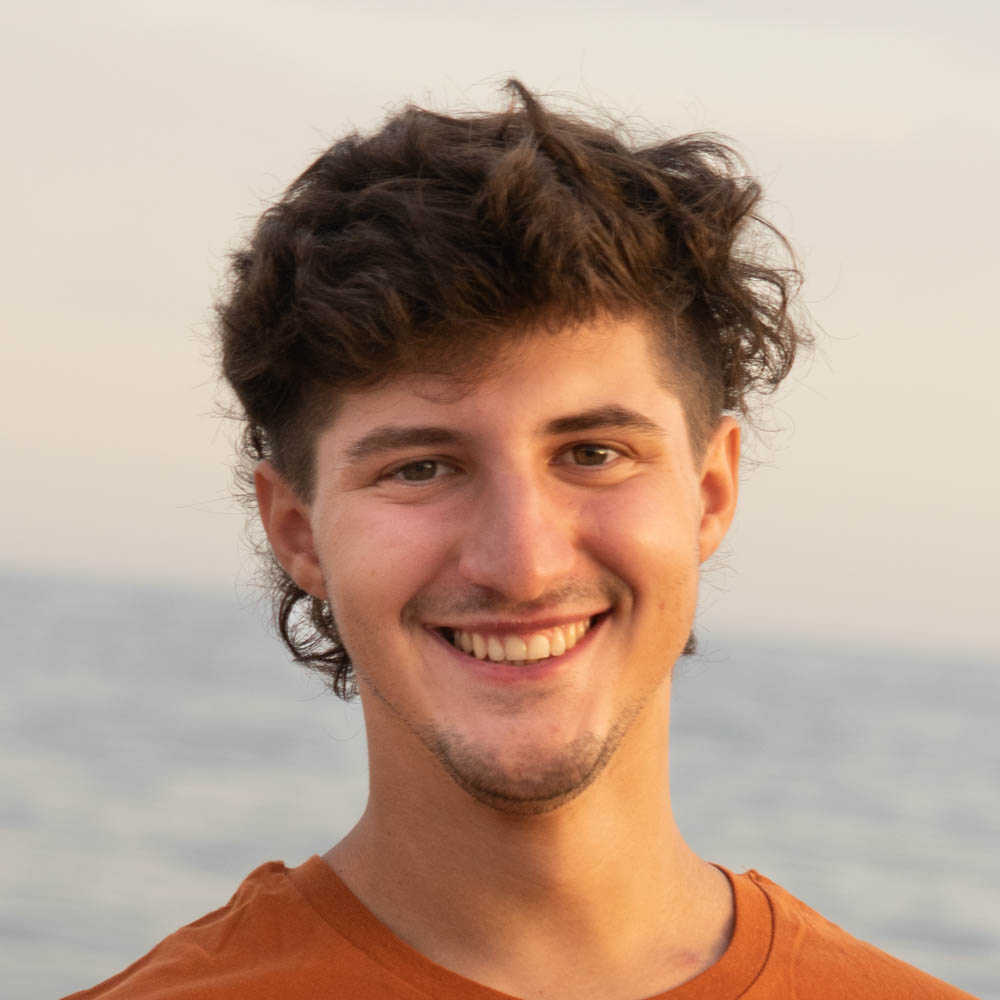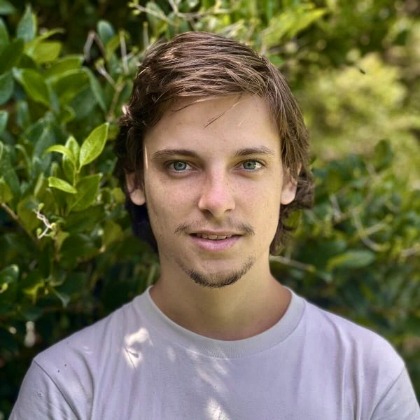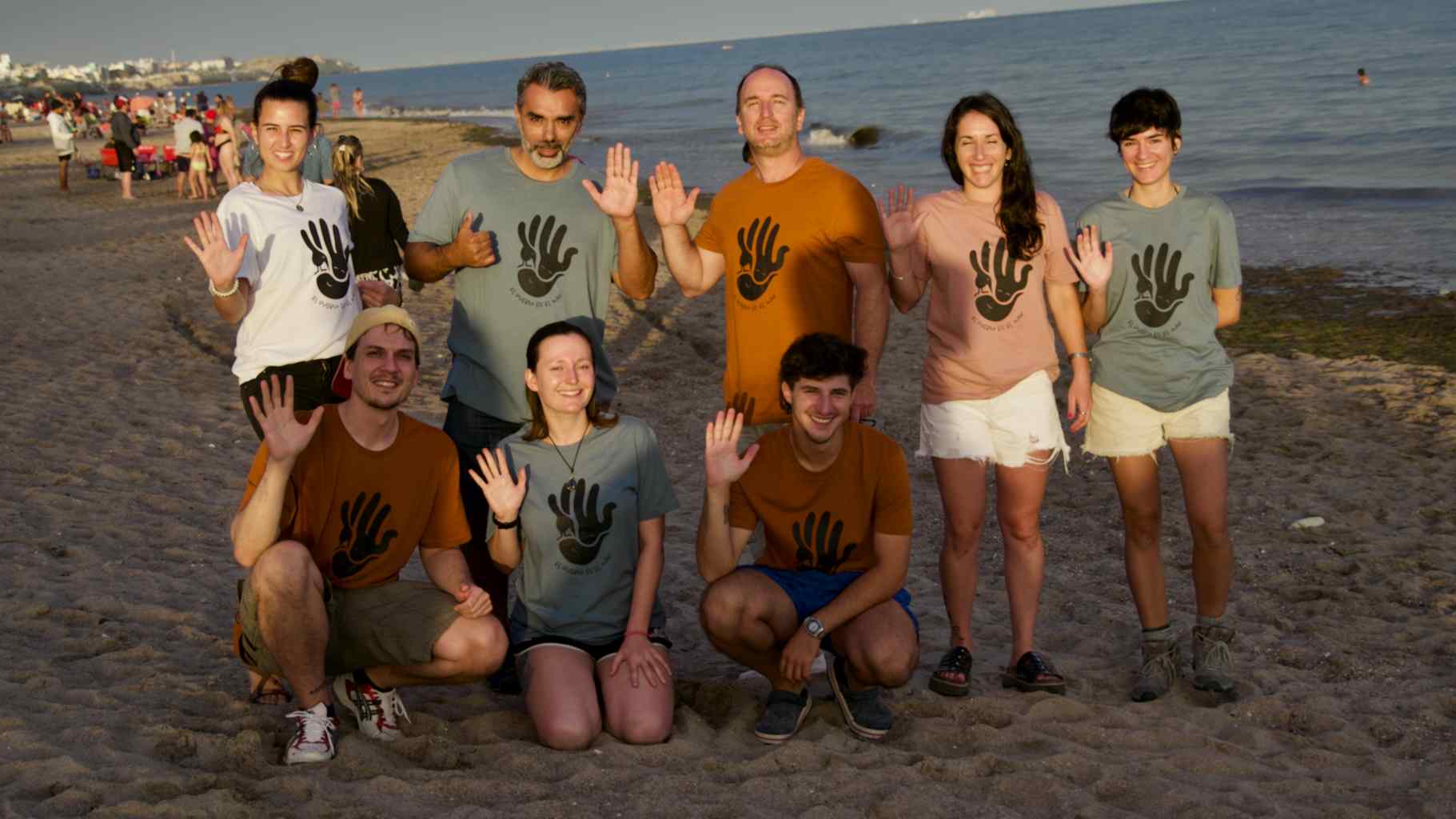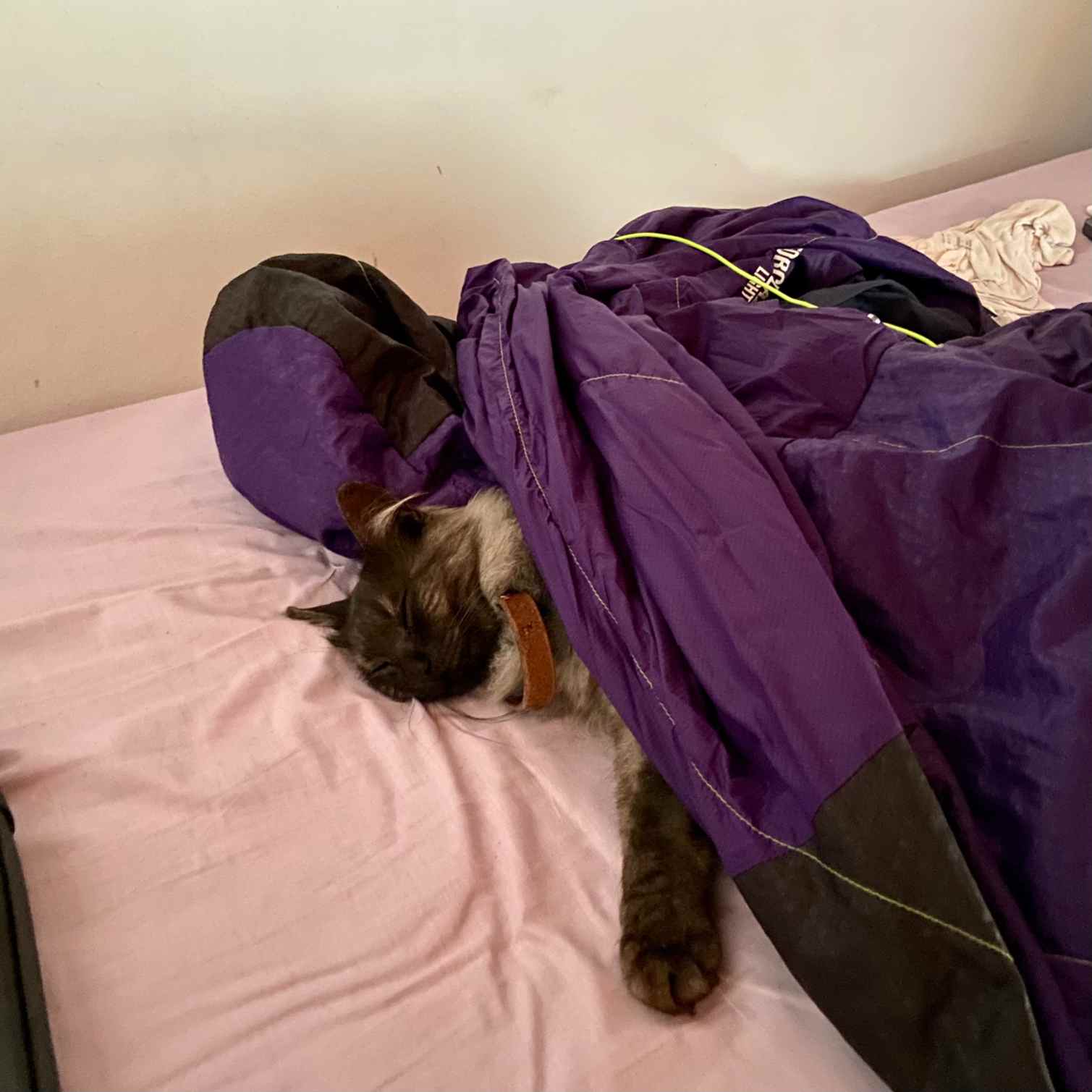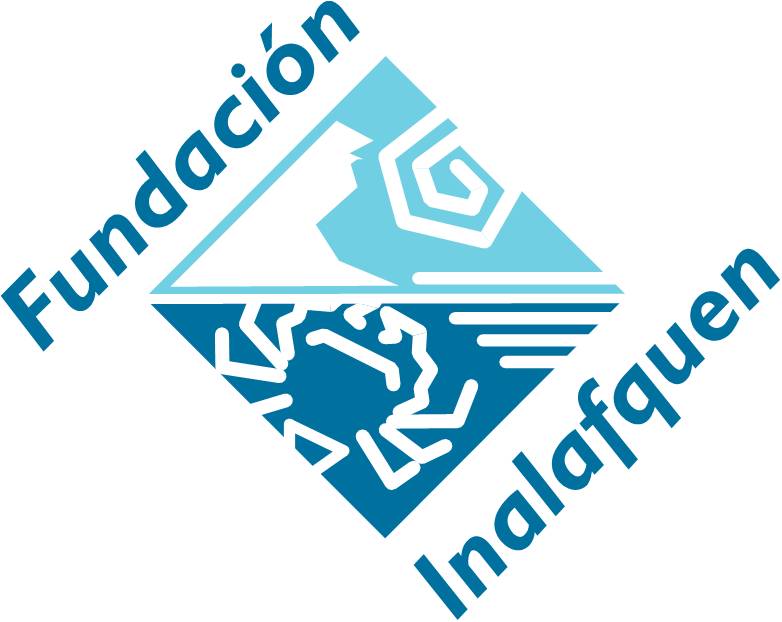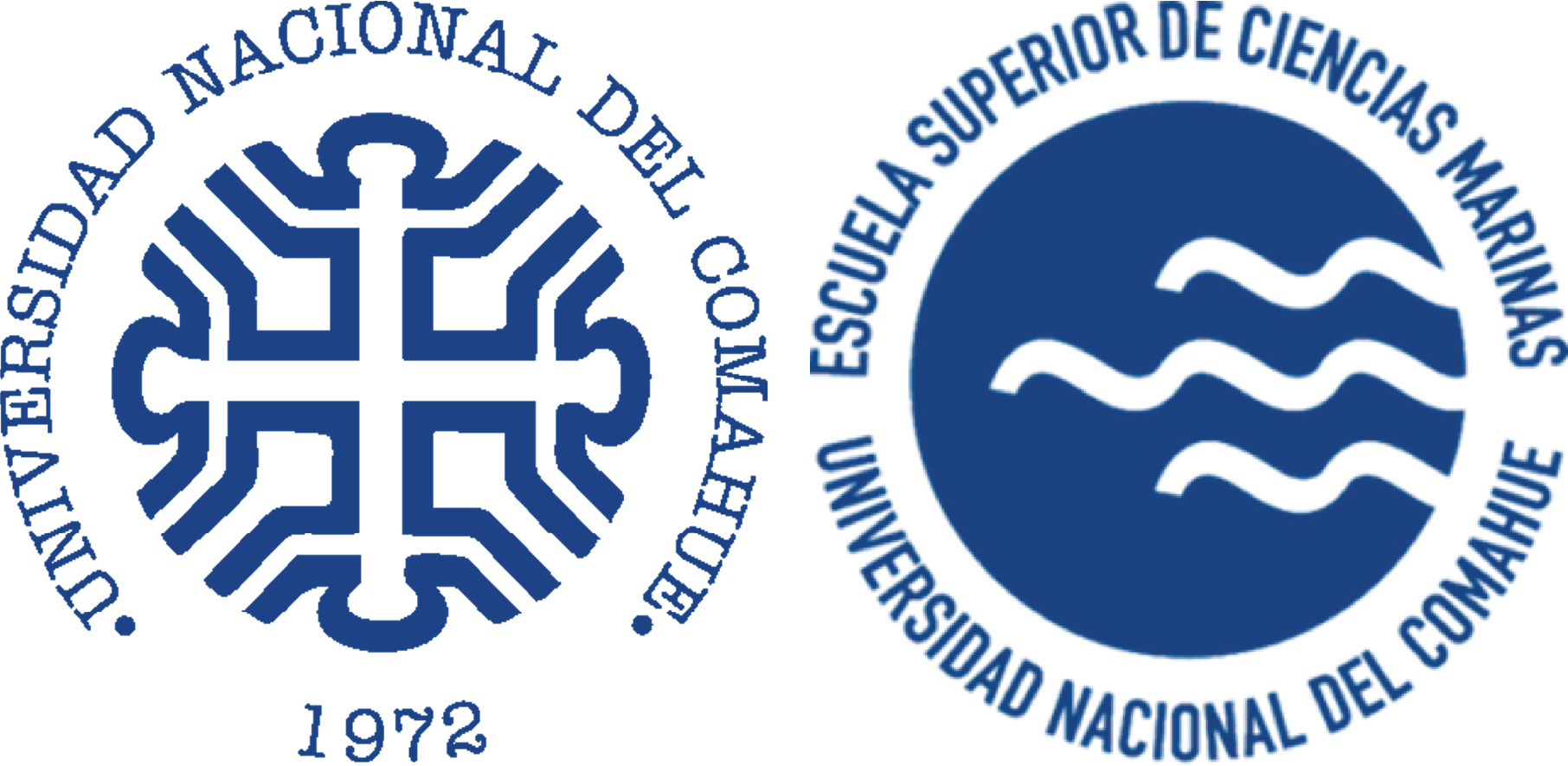The project takes place in San Antonio Oeste, San Antonio Este and Las Grutas, in the Argentinian province of Río Negro along the Atlantic coast of northern Patagonia. San Antonio Oeste is the head of the department of San Antonio. Found in the northwest corner of the San Matías Gulf, San Antonio Bay is essential for the local economy and is a key habitat for biodiversity, including acting as a resting and feeding ground for many species of migratory birds.
The San Antonio Bay Natural Protected Area was created in 1993 by provincial law number 2260. In that same year, it became recognized as an International Site by the Council of the Hemispheric Shorebird Reserve Network. But, it was not until 2014 when the final approval of the San Antonio Bay Natural Protected Area management plan was established. It is expected that in 2022 the management plan for the protected natural area, which should have been revised every 5 years since its creation, will be reviewed and updated.
Three major industries are developed in and around the area: tourism, fishing and the port. The MPA in question is experiencing several environmental problems, such as heavy metal contamination from the former mining plant, open-pit and untreated landfills, the fishmeal factory, unregulated fishing, industrial production of sodium carbonate on the shores of the bay, as well as mass tourism promoted by the claim of being the "most beautiful beach" in Argentina. In addition, the option of installing a gas pipeline from Vaca Muerta to the port of San Antonio Este is being evaluated. This activity is currently prohibited by Provincial Law No. 3308.
El Pueblo es El Mar tells the story of different coastal communities and stakeholders in an area where marine resources and ecosystems are at the centre of nearly all livelihoods. The project explores the communities’ perspectives that until now have been overlooked and raises awareness about the ecological, social and economic value of the San Antonio Bay Marine Protected Area (ANPBS according to its name in Spanish). This project will highlight the lived experiences, limited management and clashes that occur between conflicts of interest in this protected area. All of these factors serve as learning lessons for the creation and management of Marine Protected Areas (MPAs), not only in Patagonia but in other parts of the world with similar characteristics.
The main objective of the project El Pueblo es El Mar is an educational documentary created thanks to the help and collaboration of the people from San Antonio Bay. This project also includes environmental awareness activities for children and adults, as well as roundtables to promote respect and knowledge of the MPA, which will result in improved conservation and management of the area motivated by the local people.
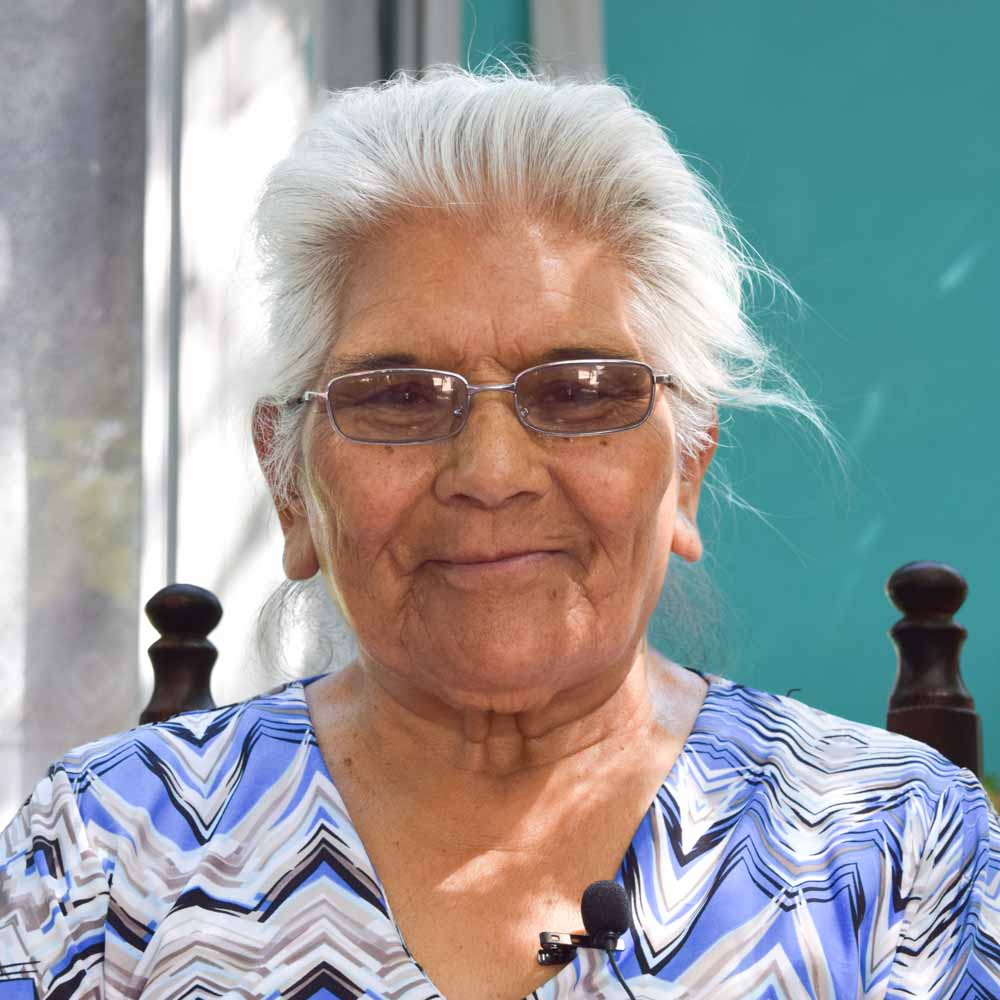
"I love my land. I don’t know what is happening, what is going on, what destroyed this place"
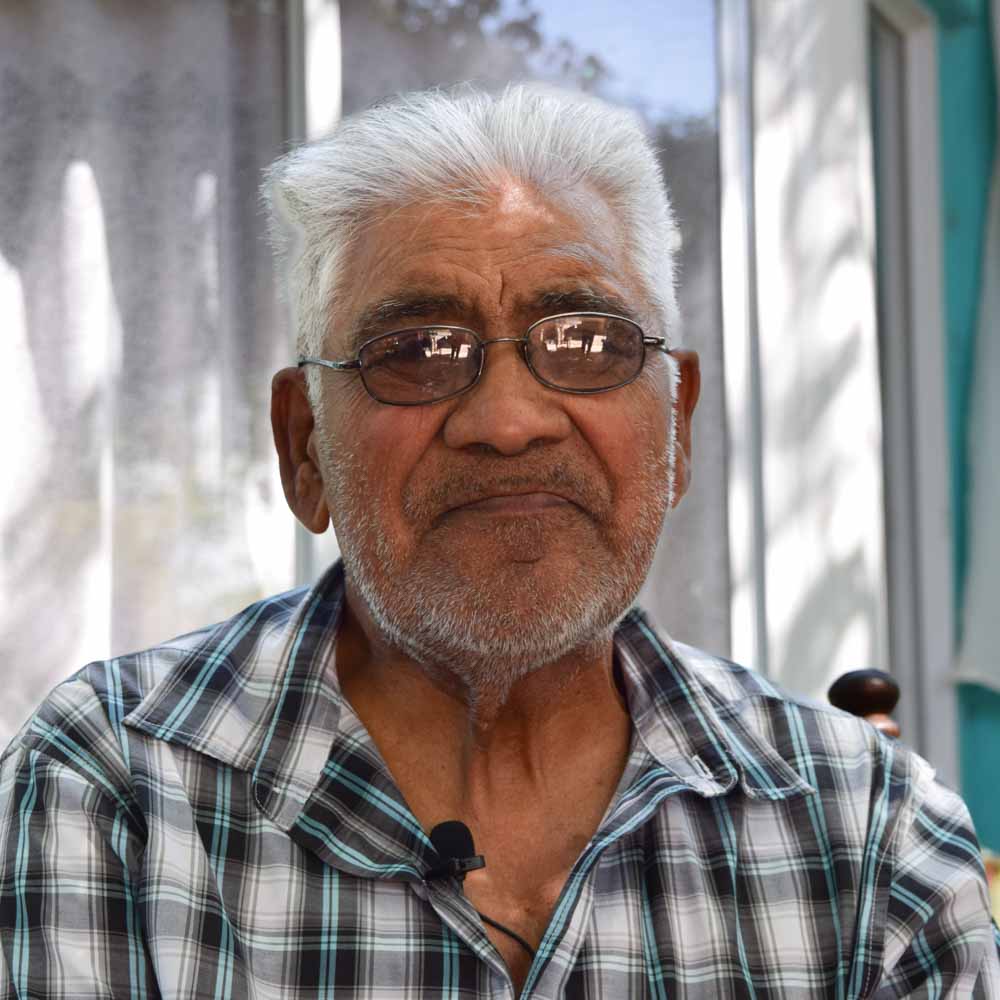
"There is no protection, here there is none"
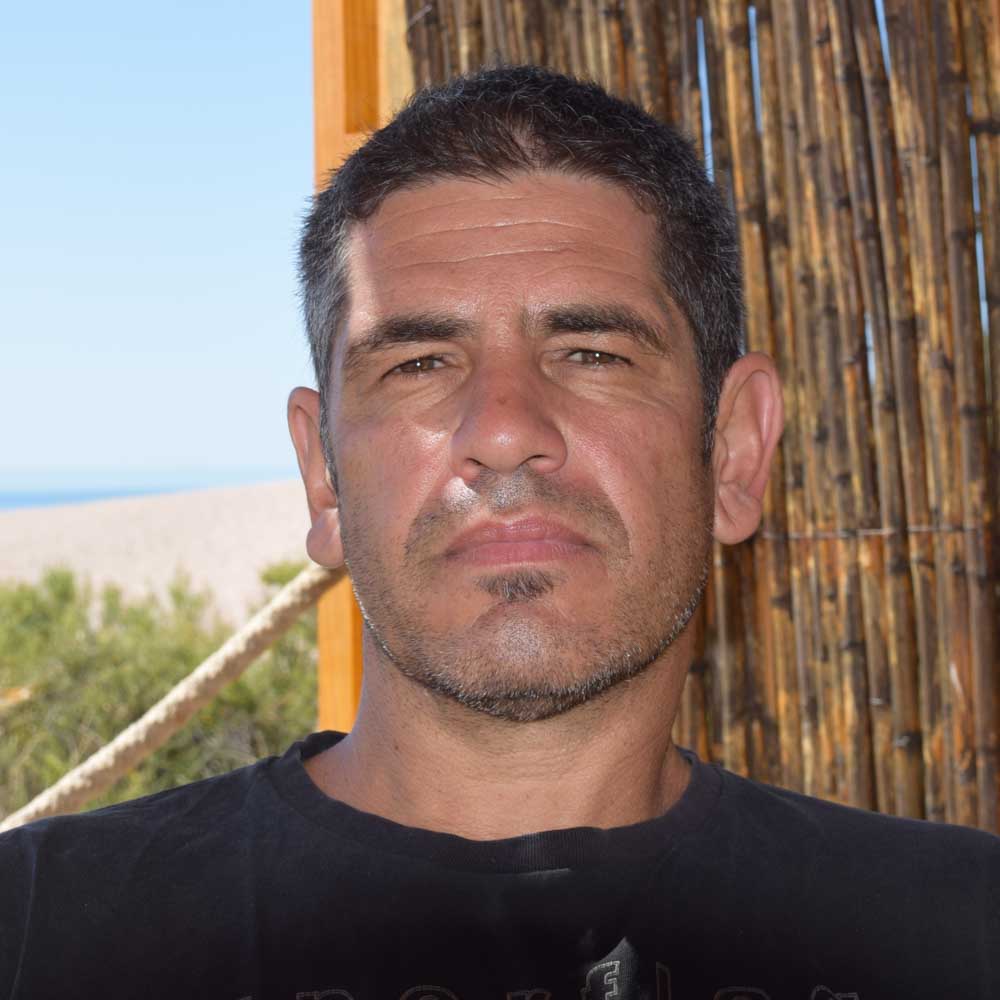
"We are realizing that if we kill the juvenile this coming winter, we won’t be able to survive (we won’t have any livelihood)"
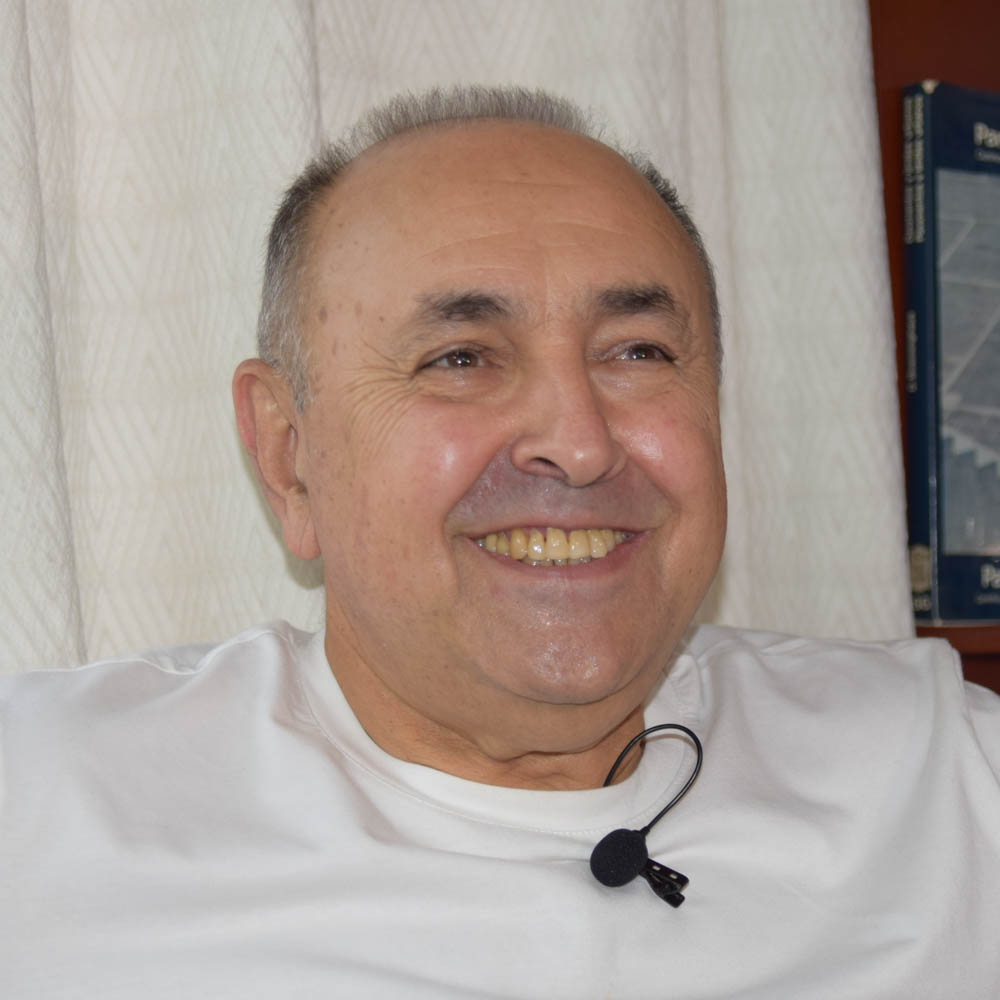
"One of the main objectives I’ve had since I started to work in the province is to strengthen the environmental institution”
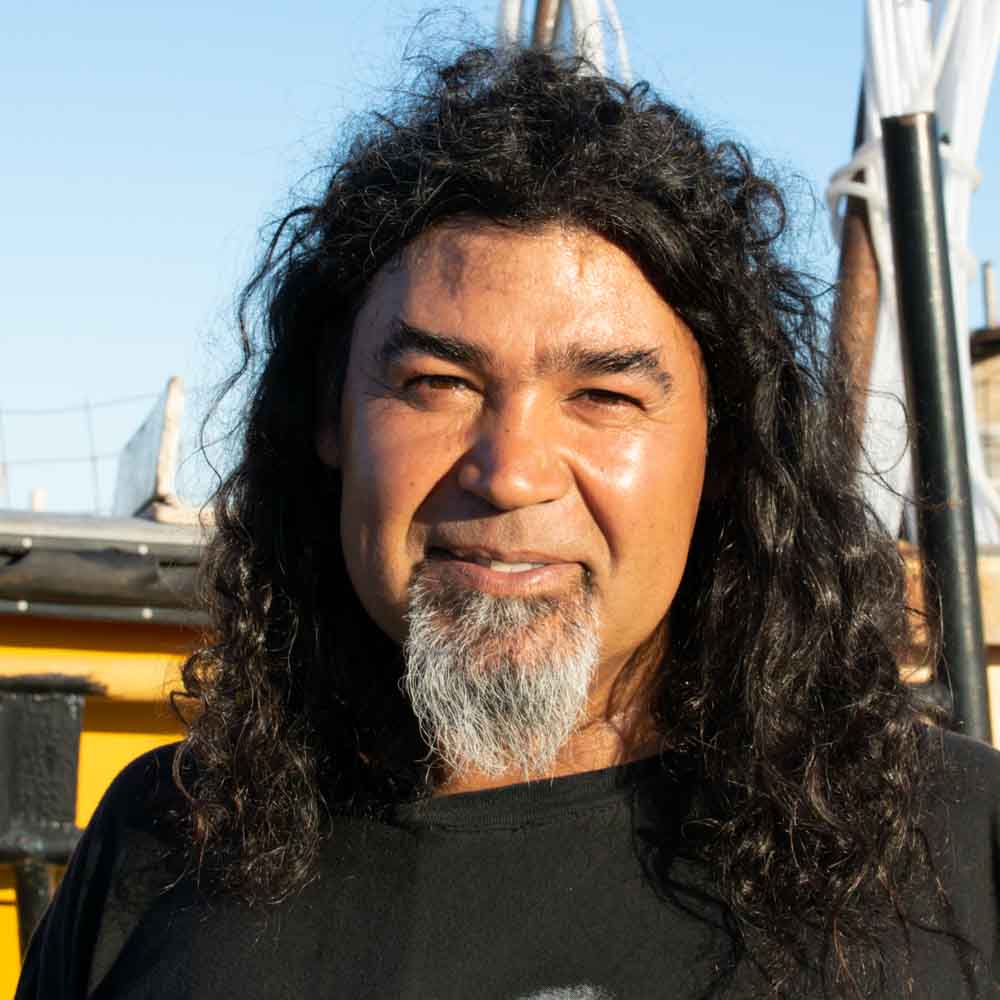
"I do my job with a lot of passion, a lot of love. I chose it since I was born"
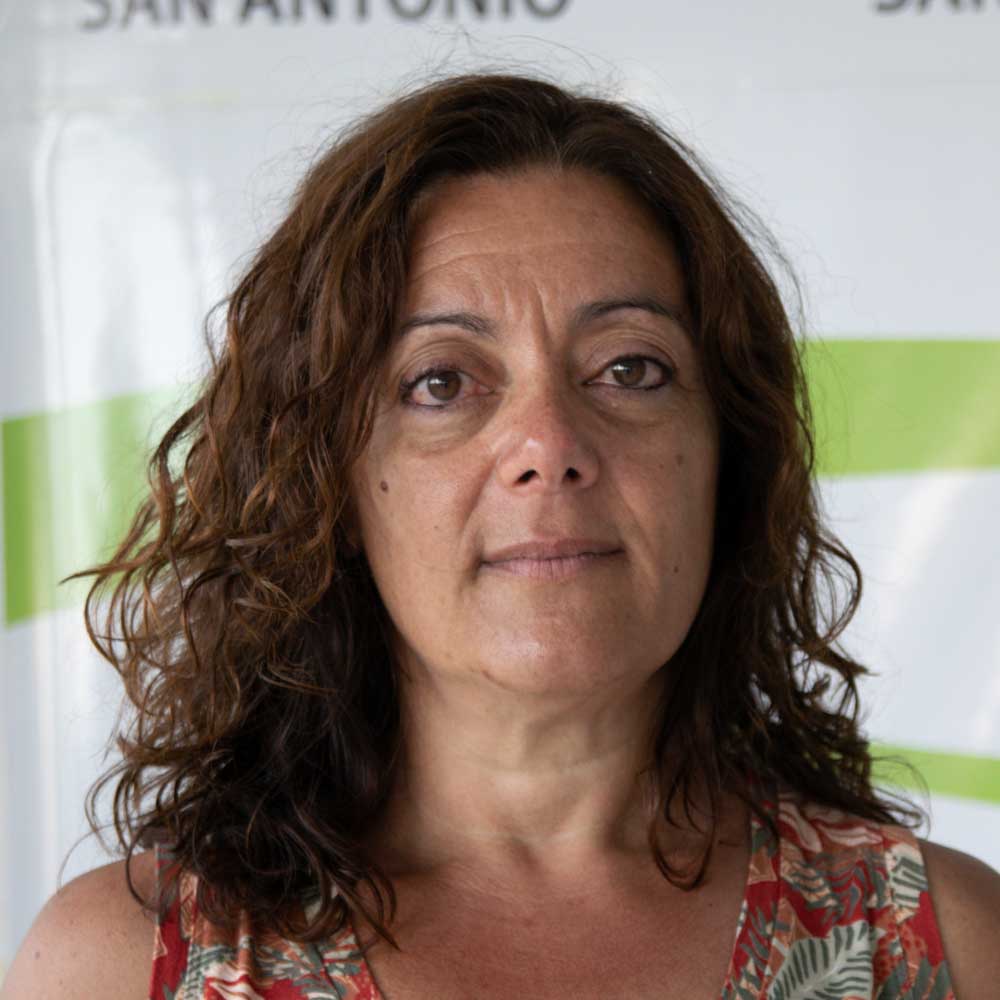
"In Rio Negro, the development of sustainable tourism is a constitutional concept. [...] What isn’t planned by ourselves will be planned for us by someone else"
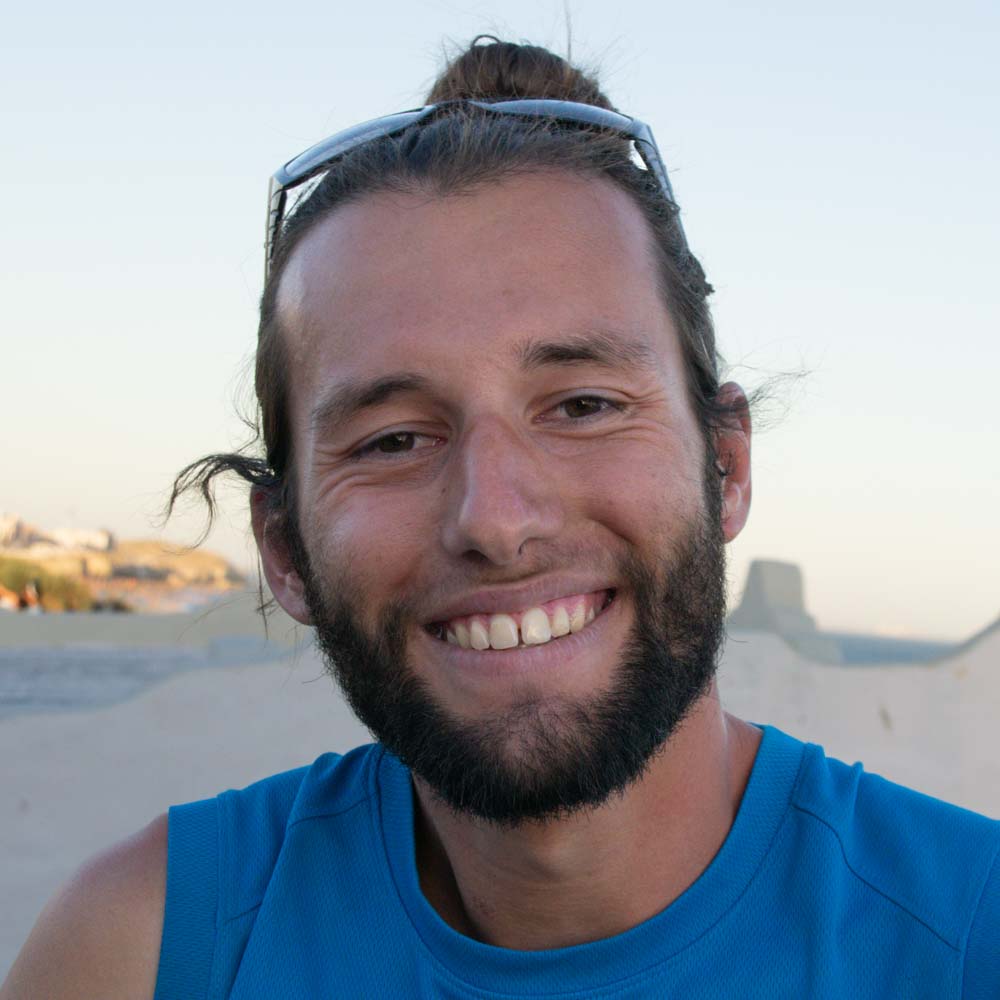
"Any activity related to diving is what I like to do, what I know how to do well"
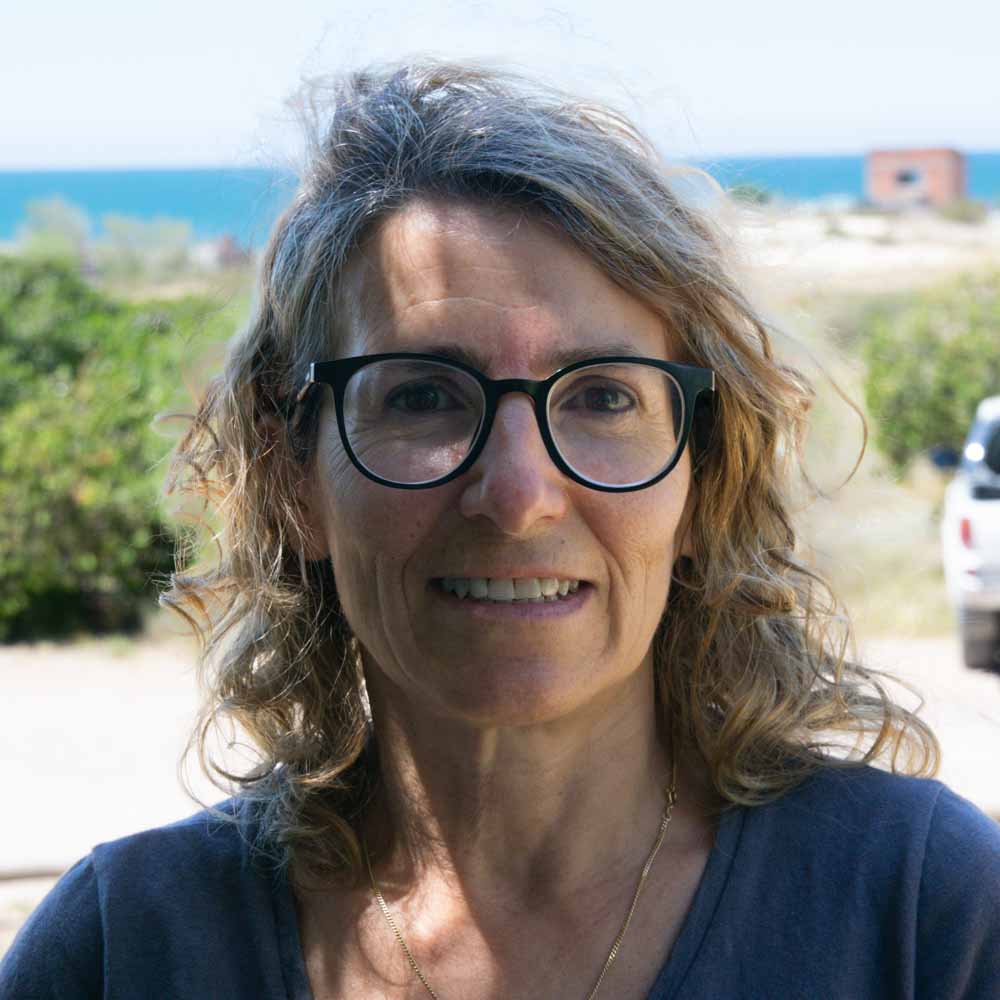
"The area has an enormous diversity of habitats […] that have a plethora of enjoyable ecological attributes"
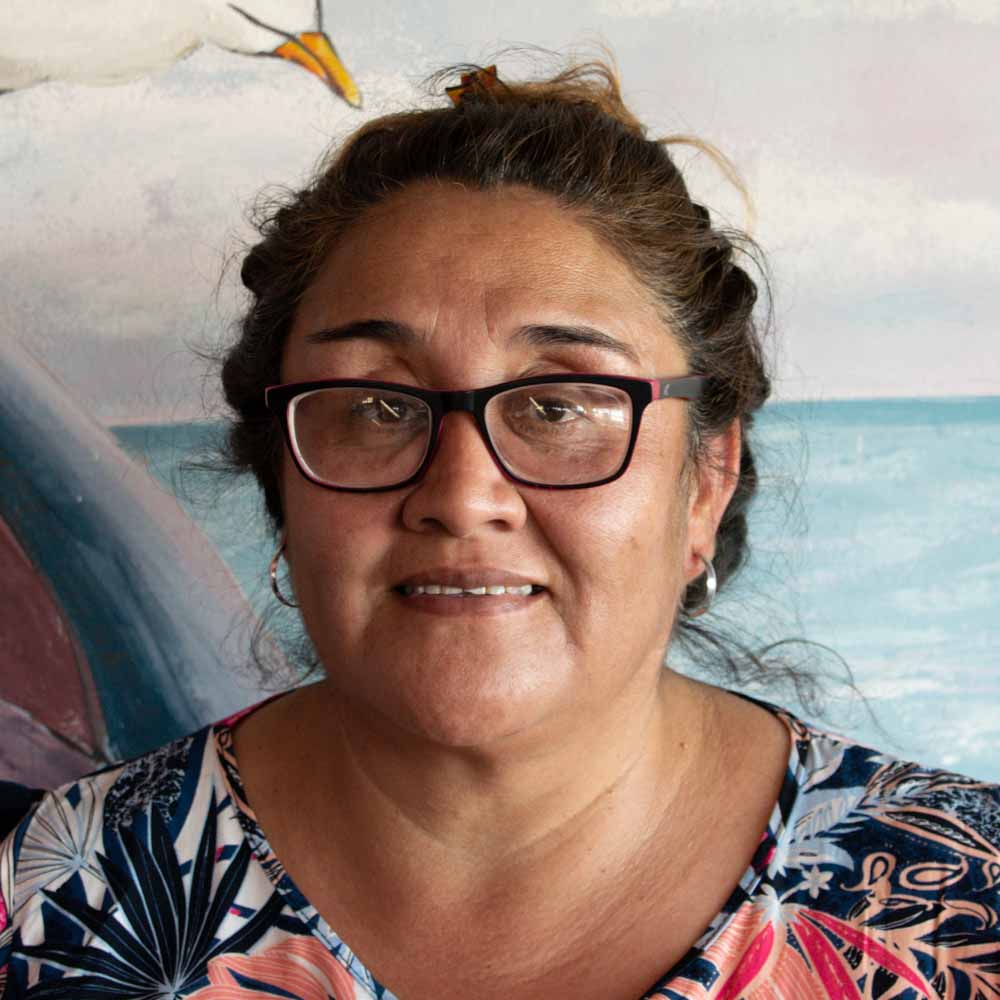
"[San Antonio’s identity is] the fishery"
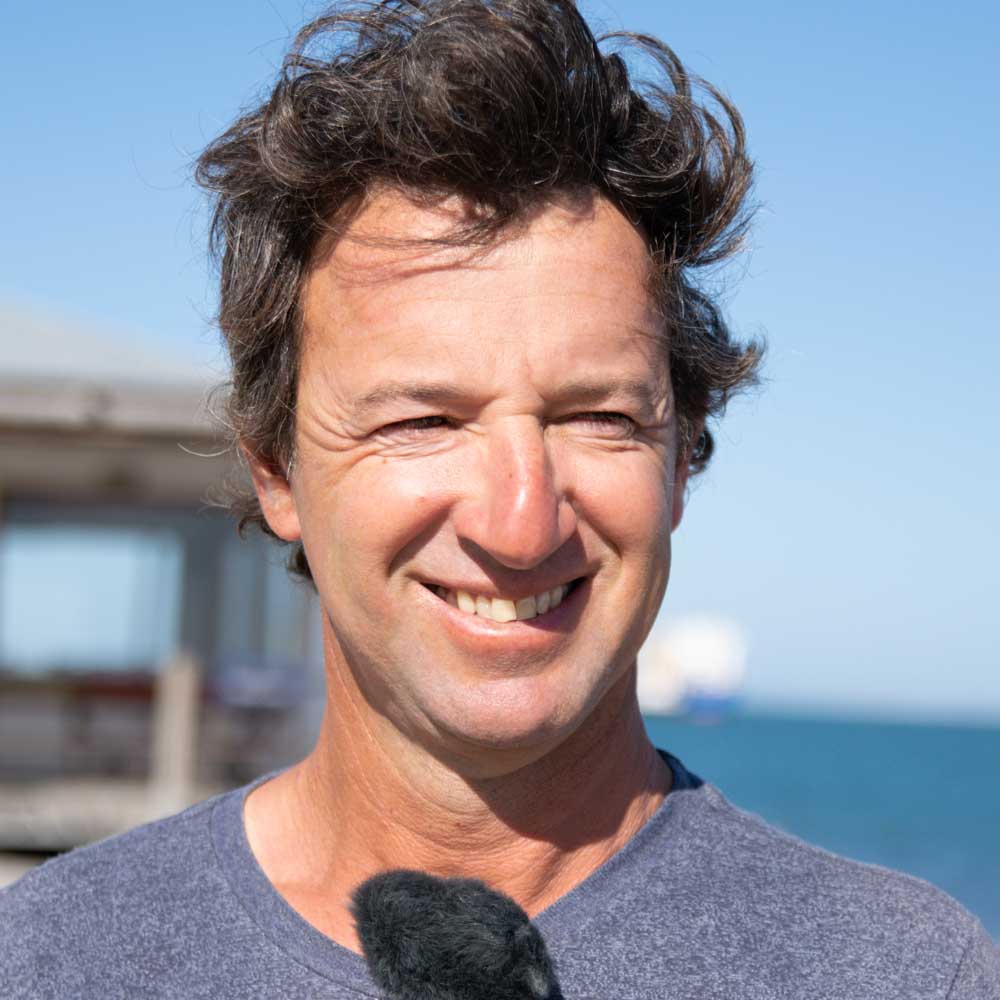
"The first day I went sailing was by accident […] and even today, I can still remember that moment and the way the ocean was, […] it was love at first sight"
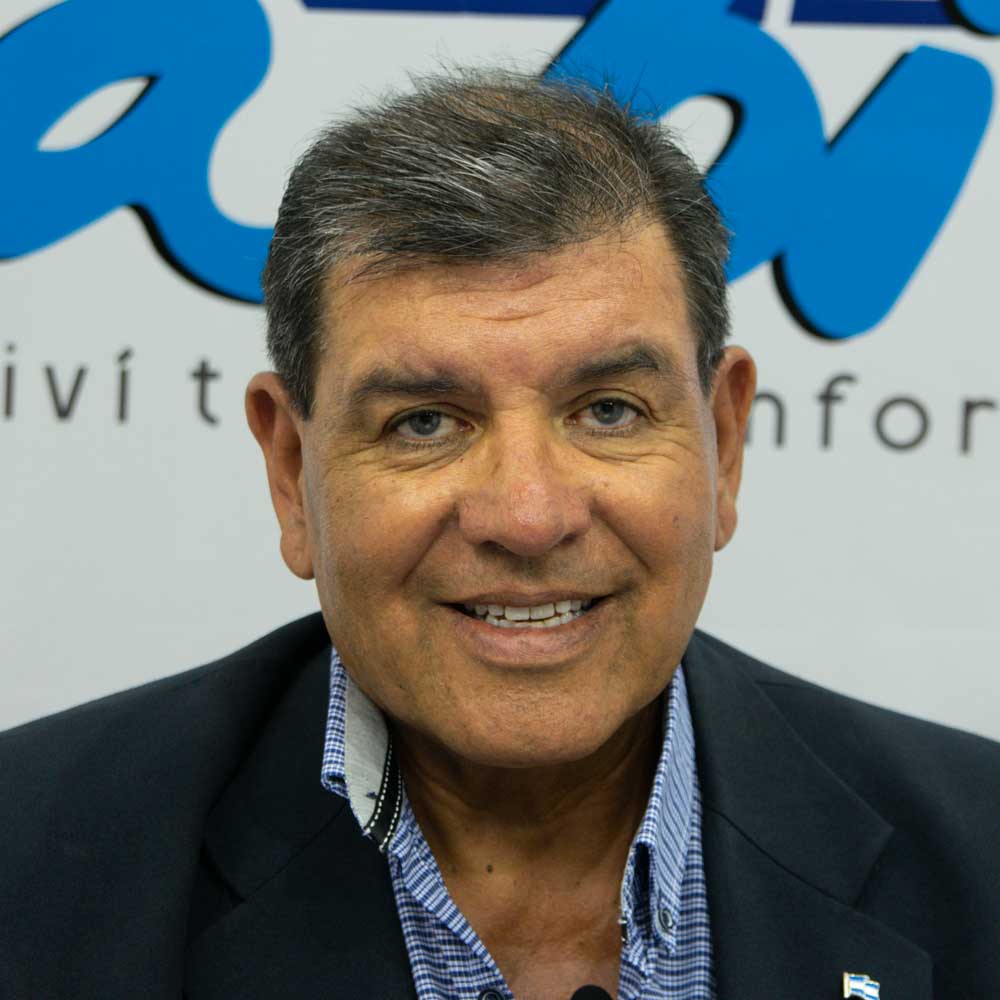
"As a social communicator (my role) is to deliver a message every day, to take care of the environment, of the coast, in this absolutely beautiful place we’ve got in the Patagonia [...]"
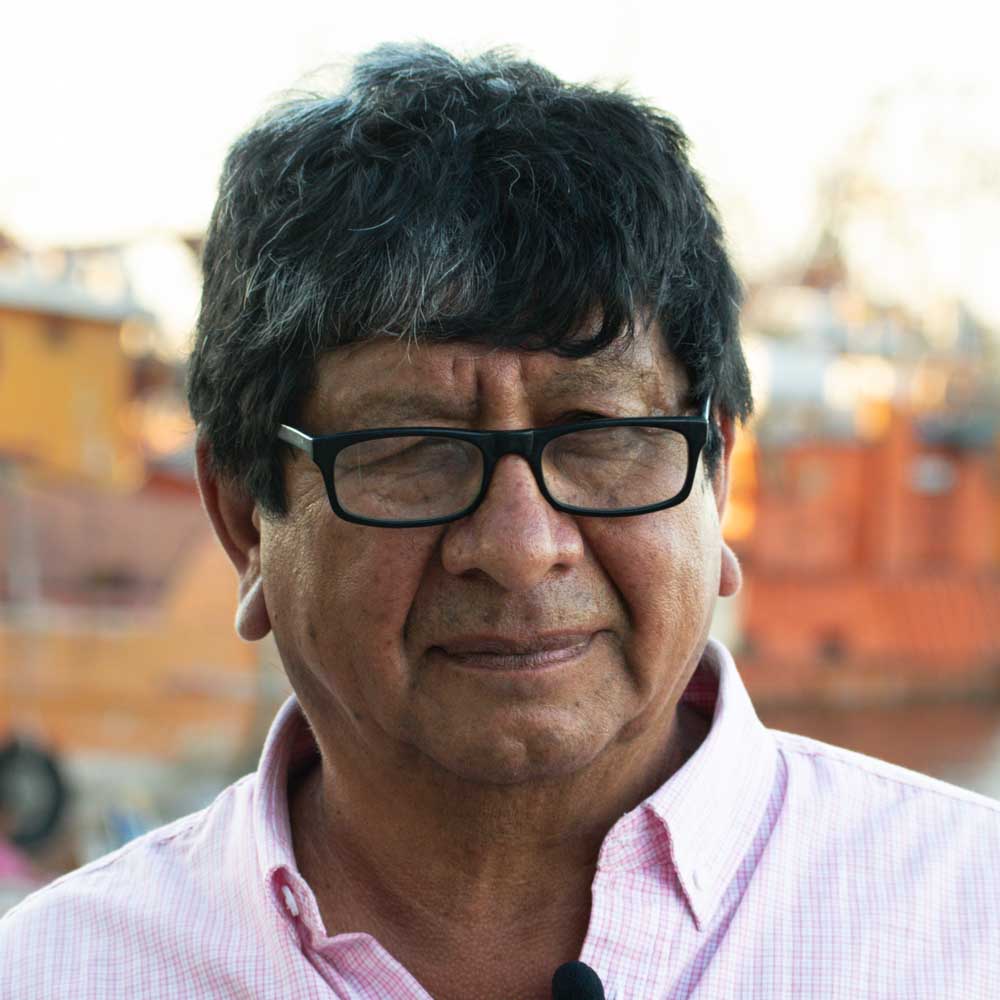
"The sea is everything to me, I don’t know what would be of me if I were missing the sea"
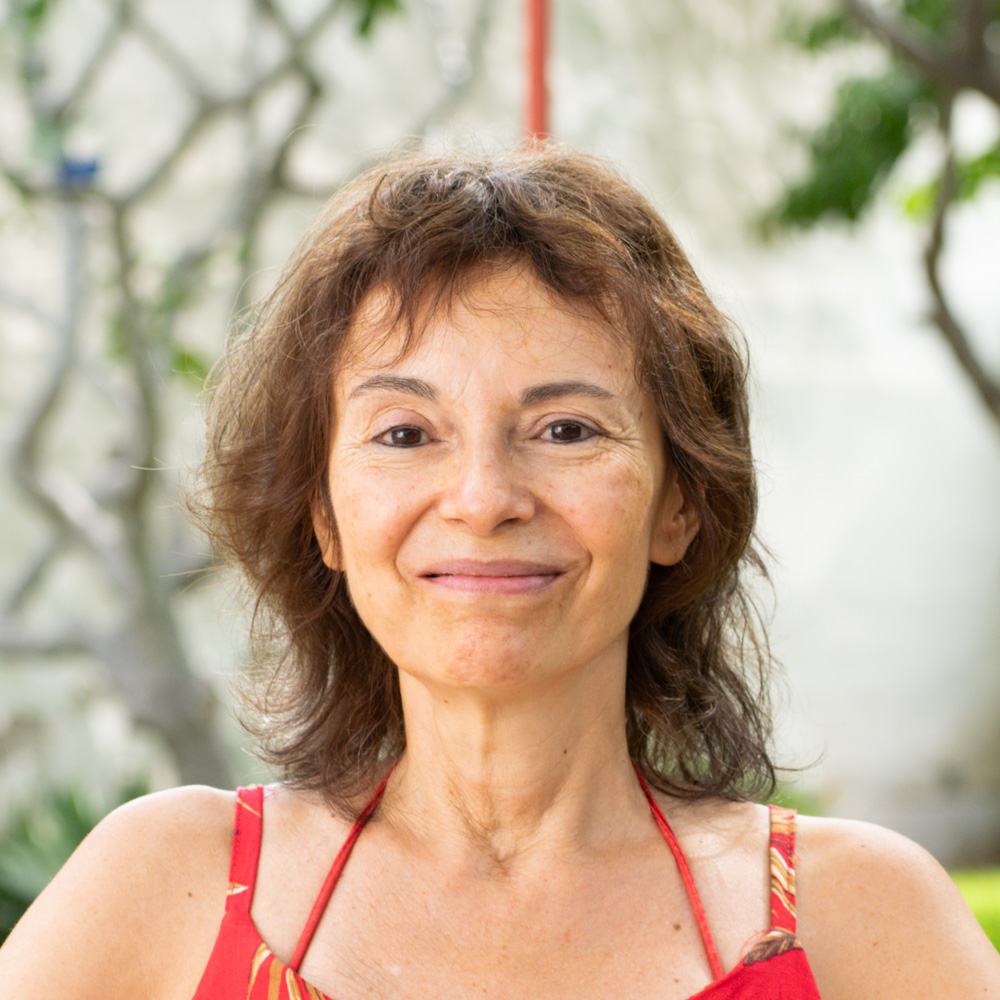
"The birds which are environmental indicators speak to me, they tell me what is happening, [...] day by day I see how they are becoming extinct right before my eyes [...]"
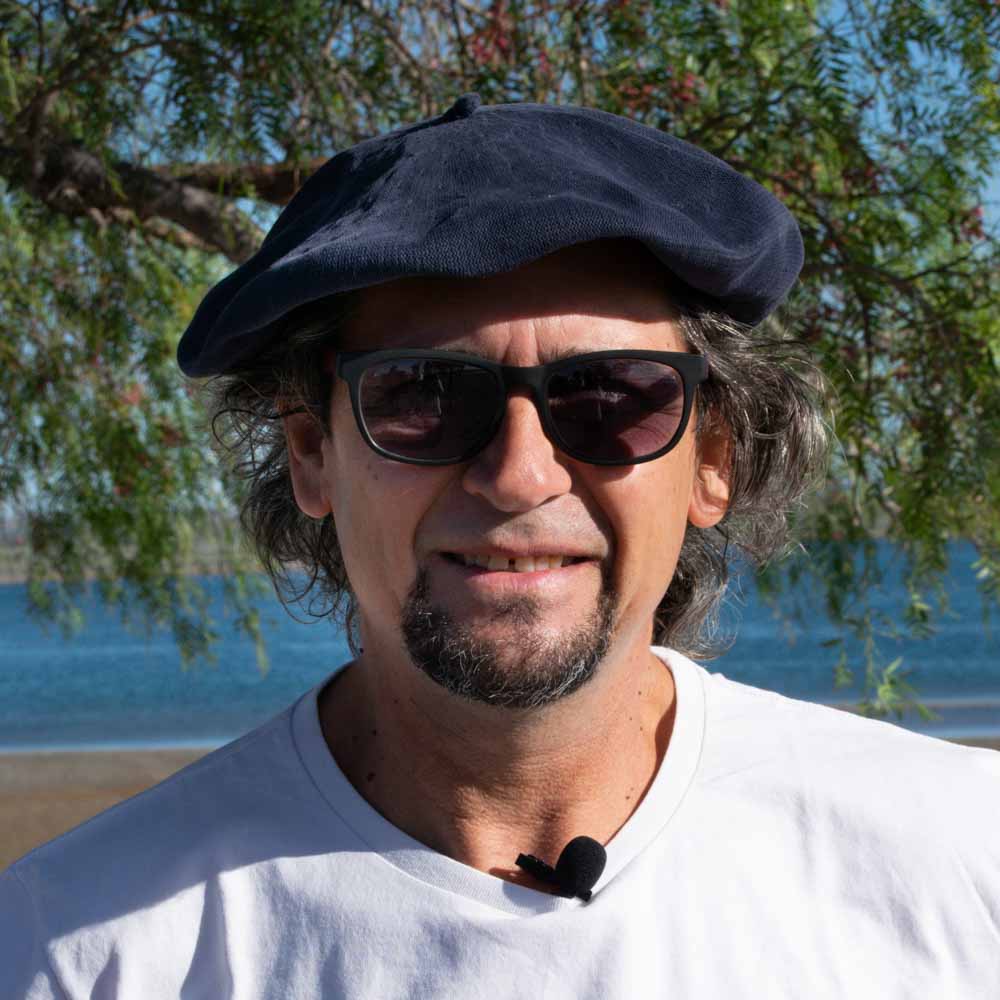
"When you write on a sheet of paper something that you feel in your heart, people understand it [...], it is contagious, they share it"
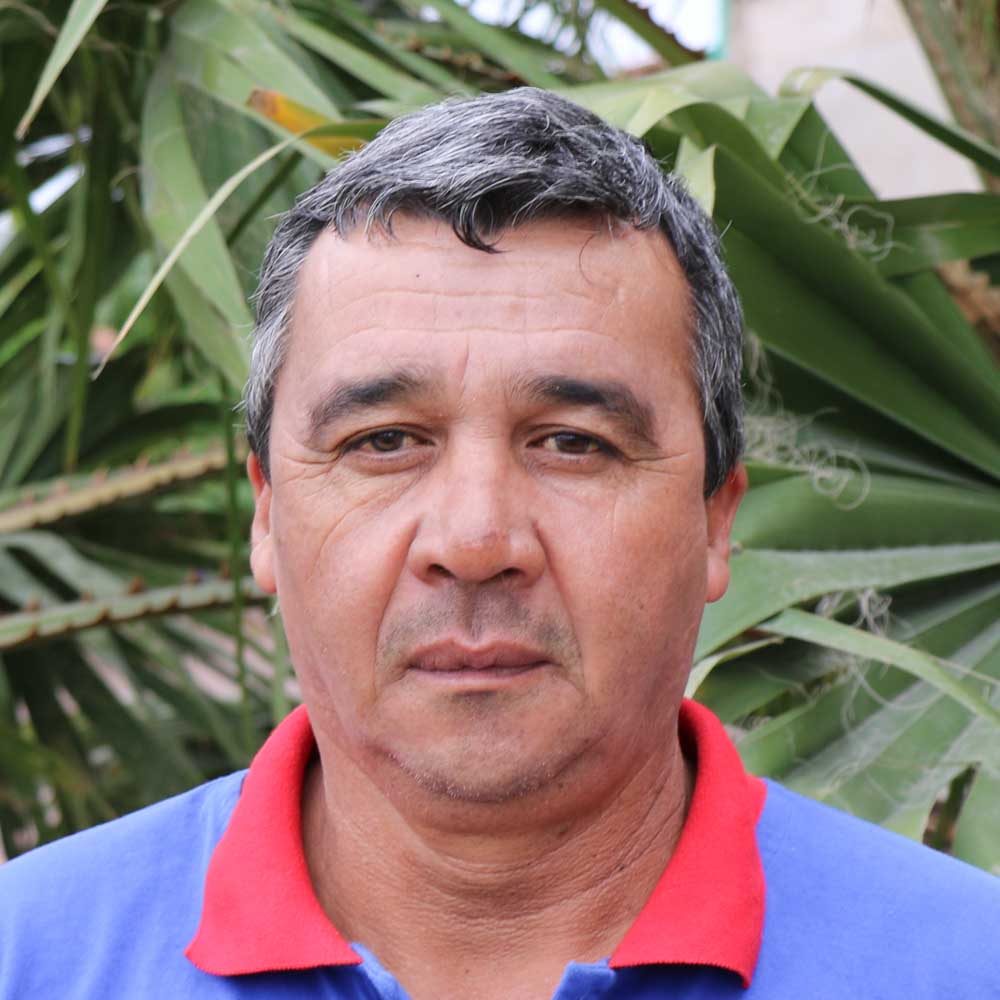
"I believe that together we must take care of our bay and our factory is anchored in a very specific place"
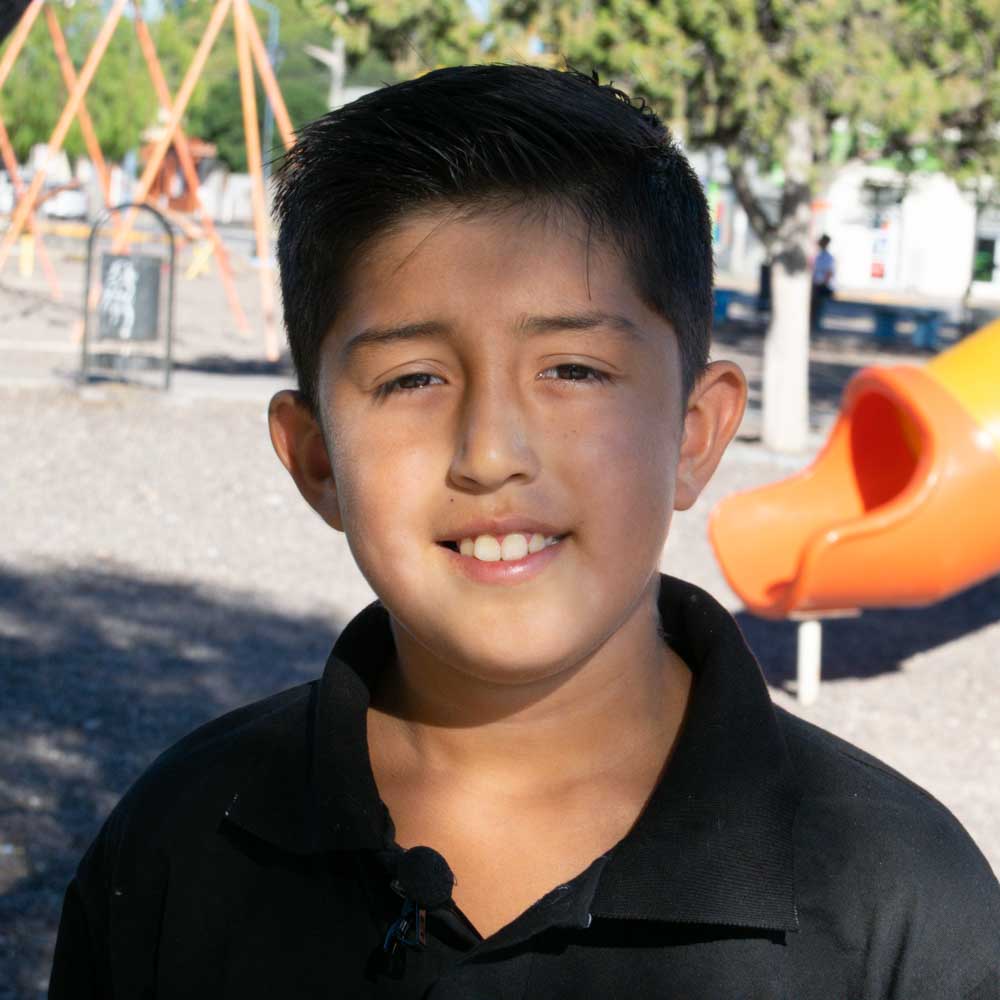
"Garbage hurts the sea, it hurts the fish, and after the fish it hurts us"
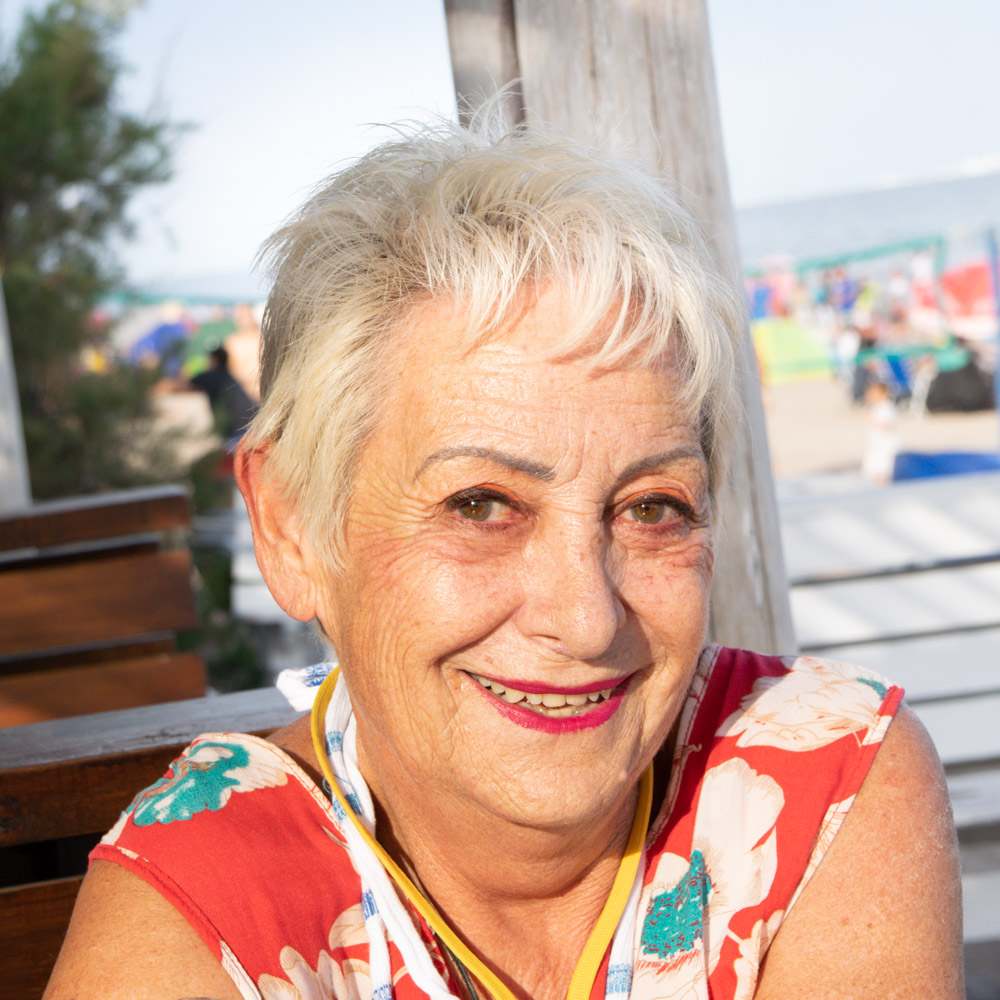
"I was born in the sea, [...] the sea and I are one, [...] I am from the sea"
-- Eloisa "Chichita" Salas
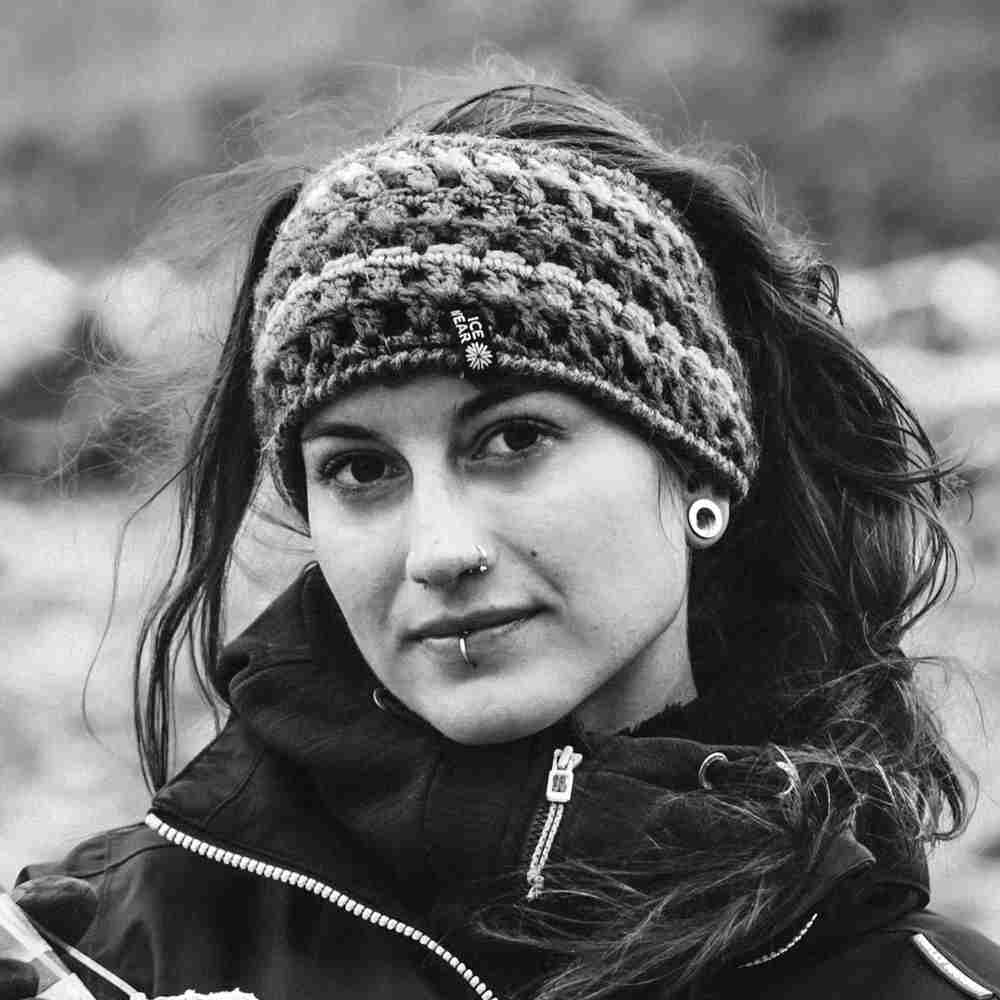

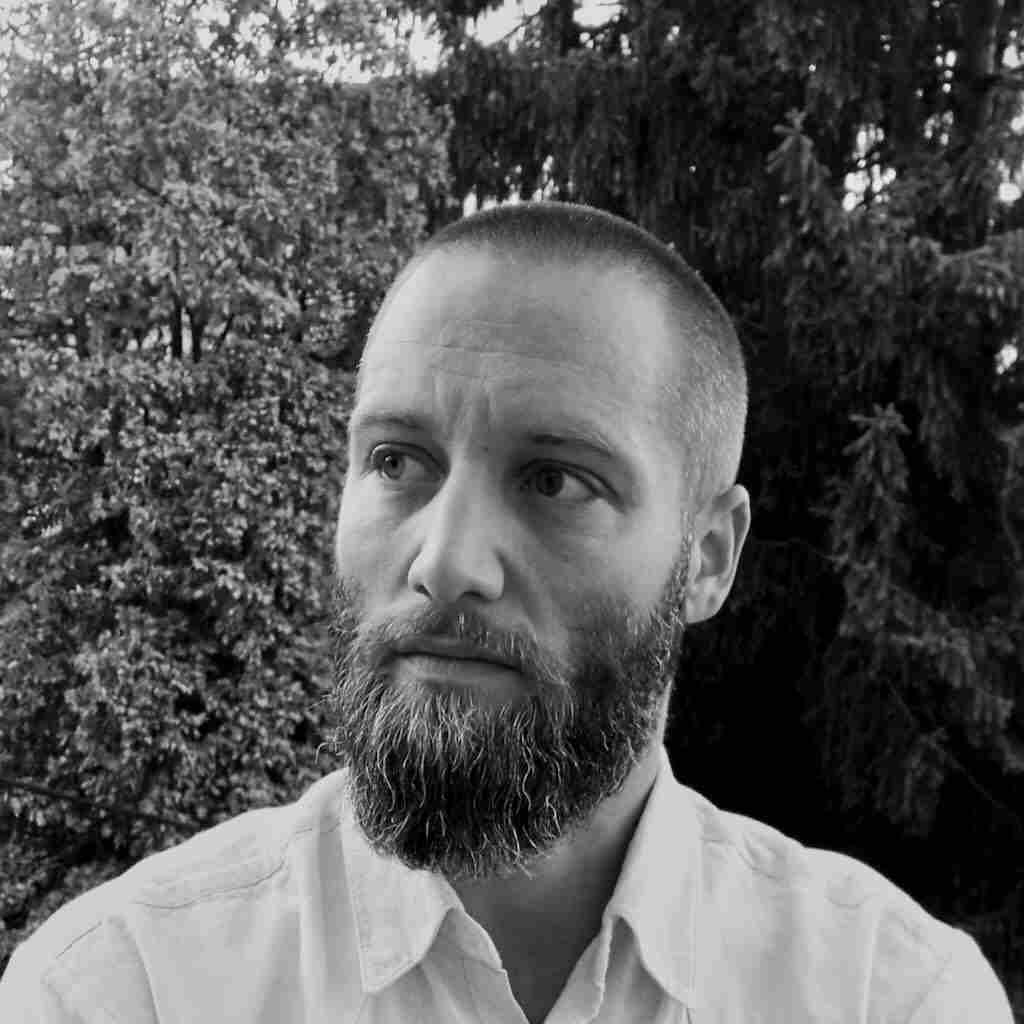

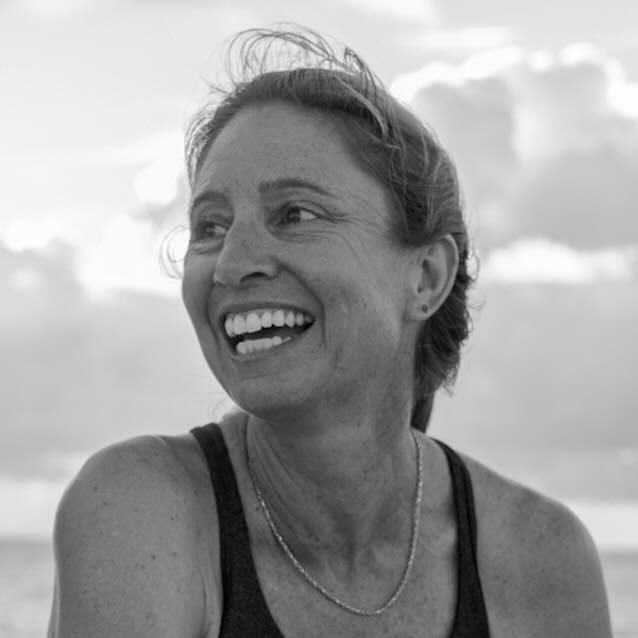
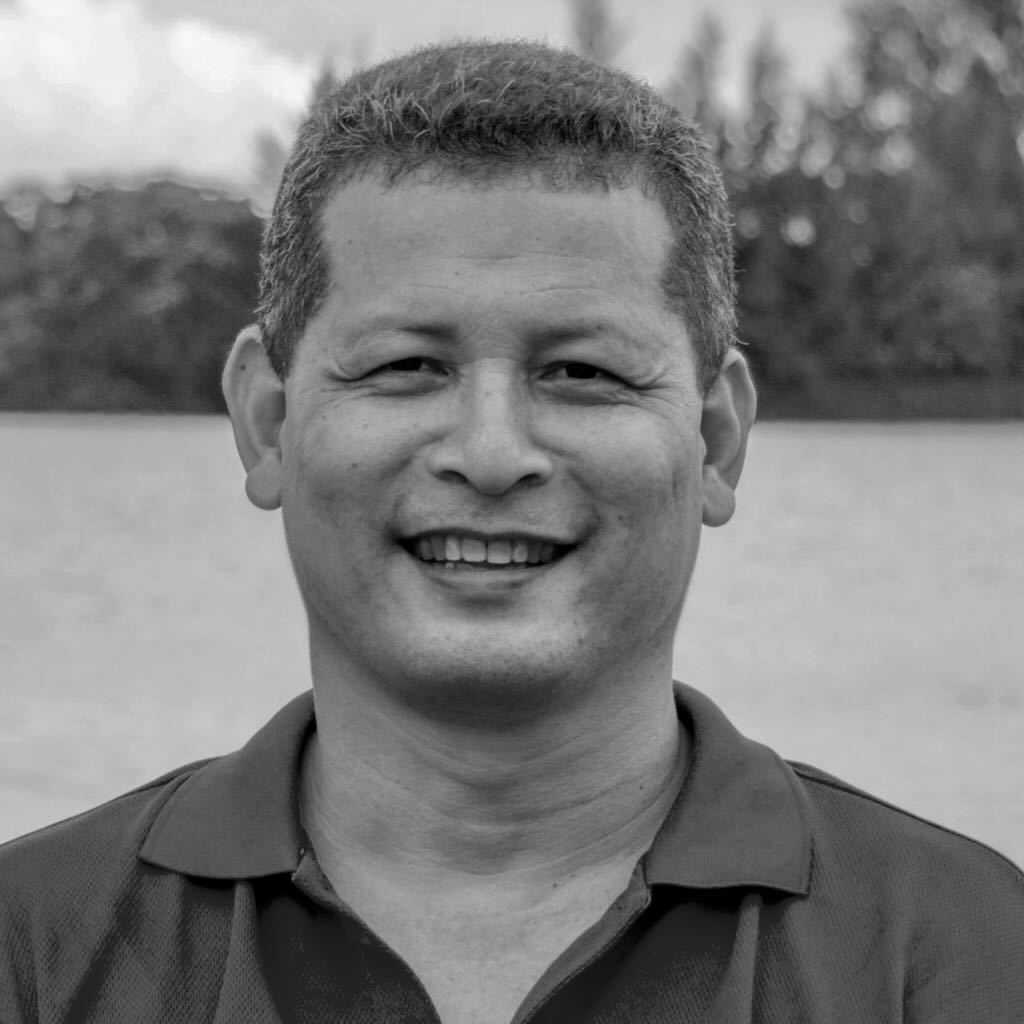
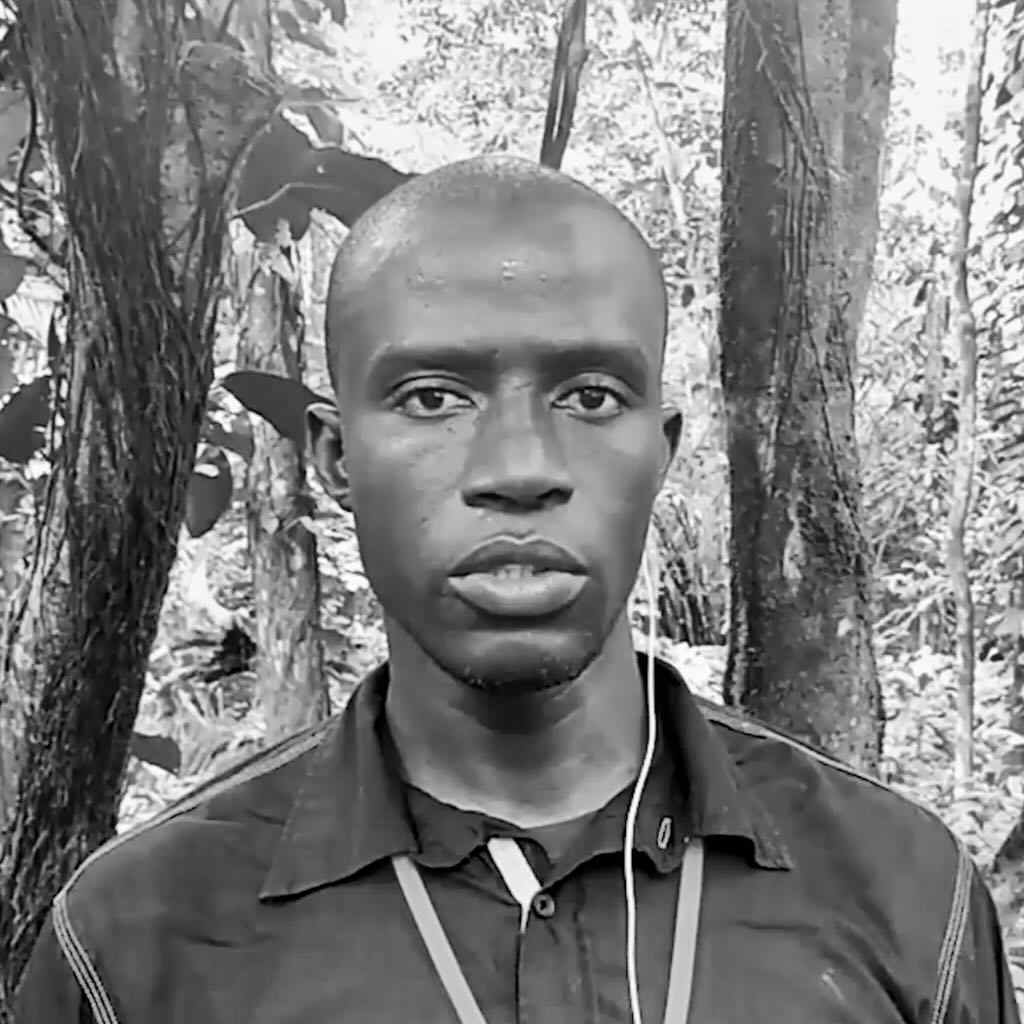

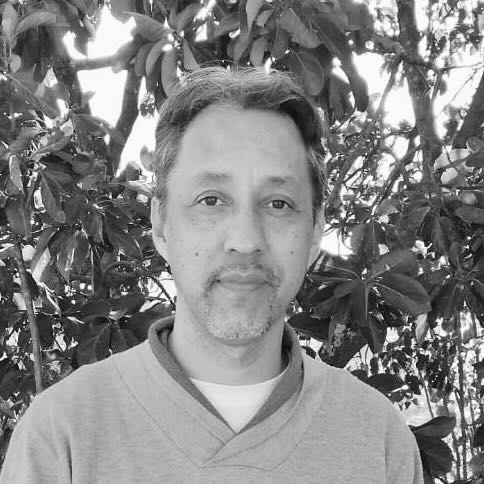
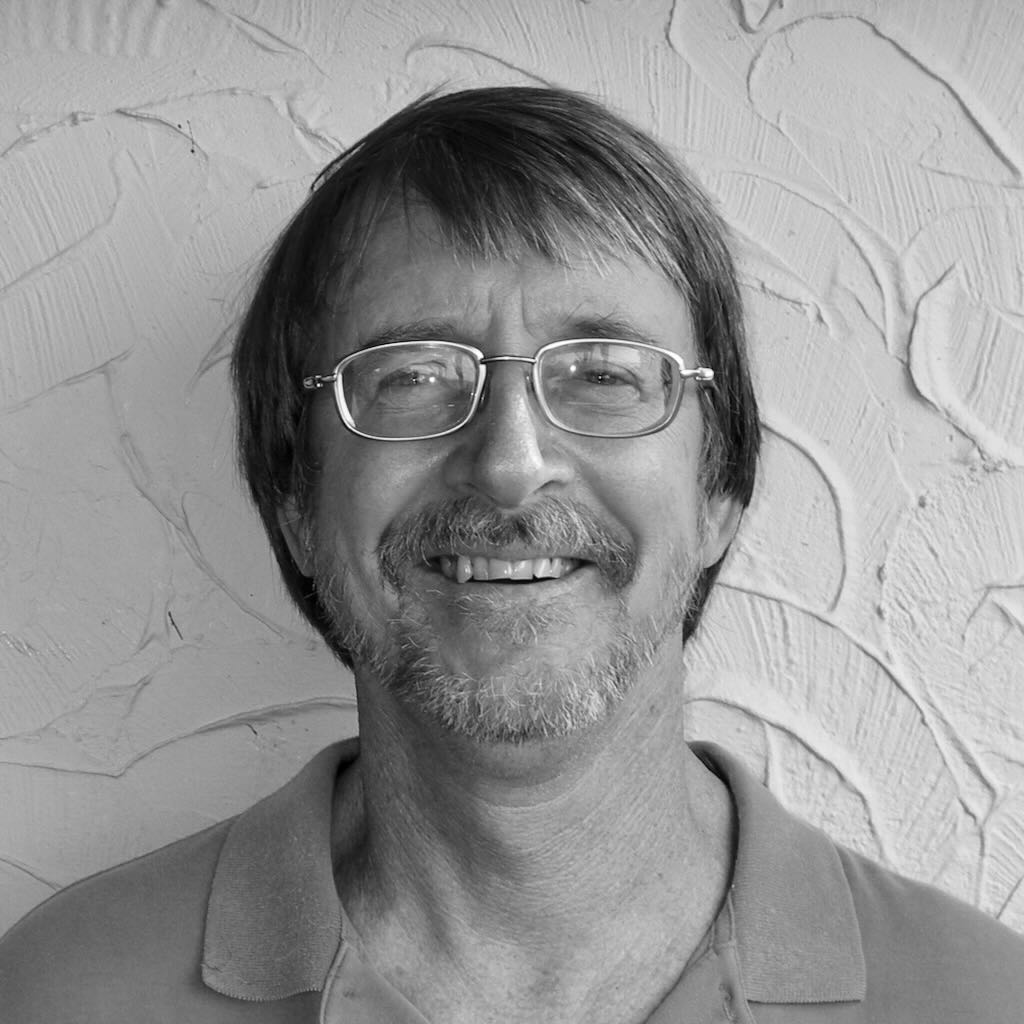
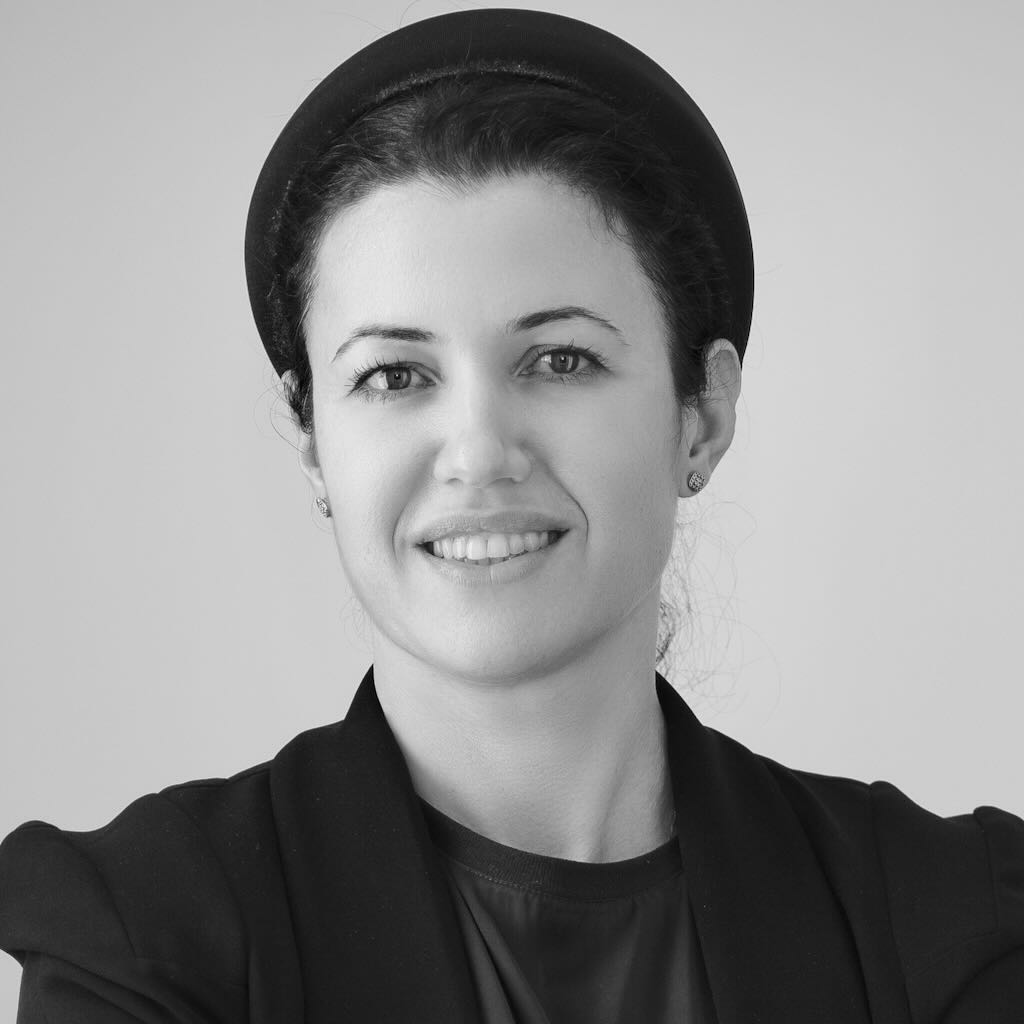
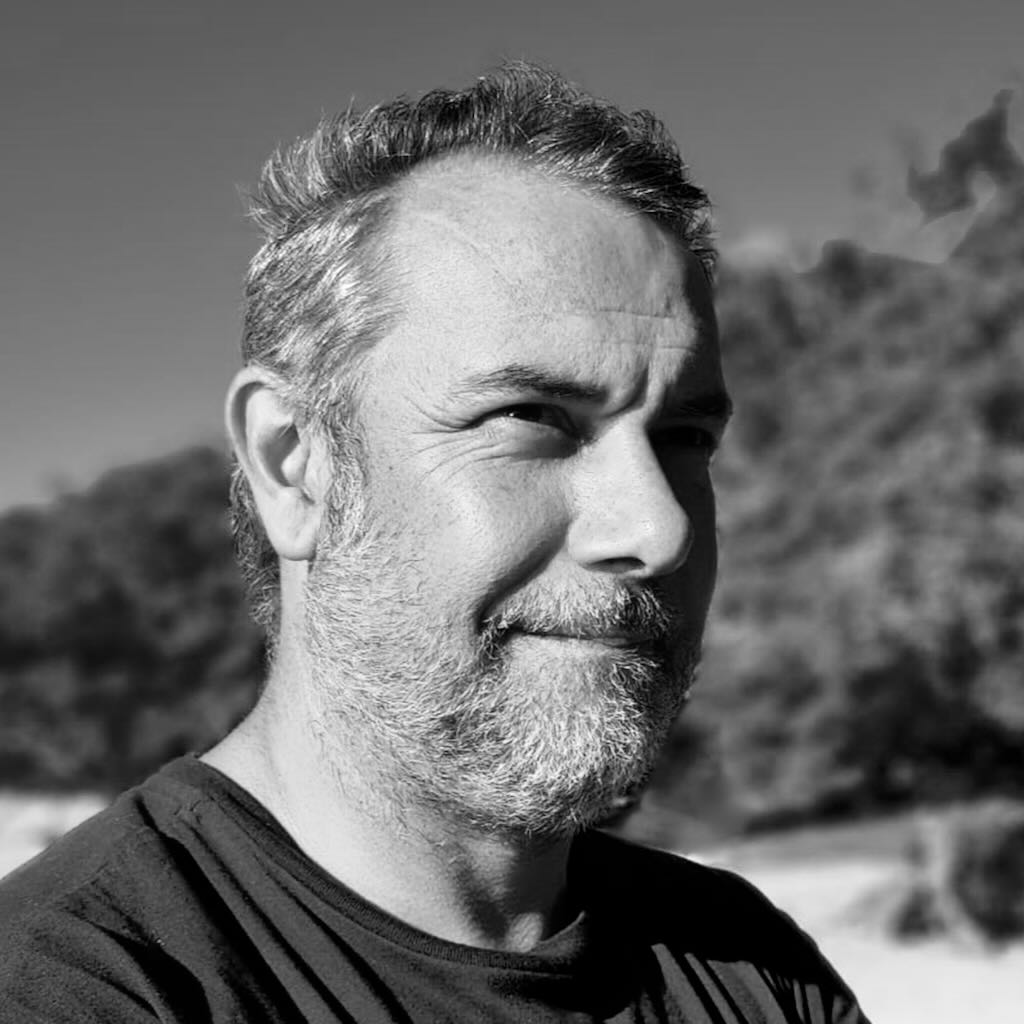
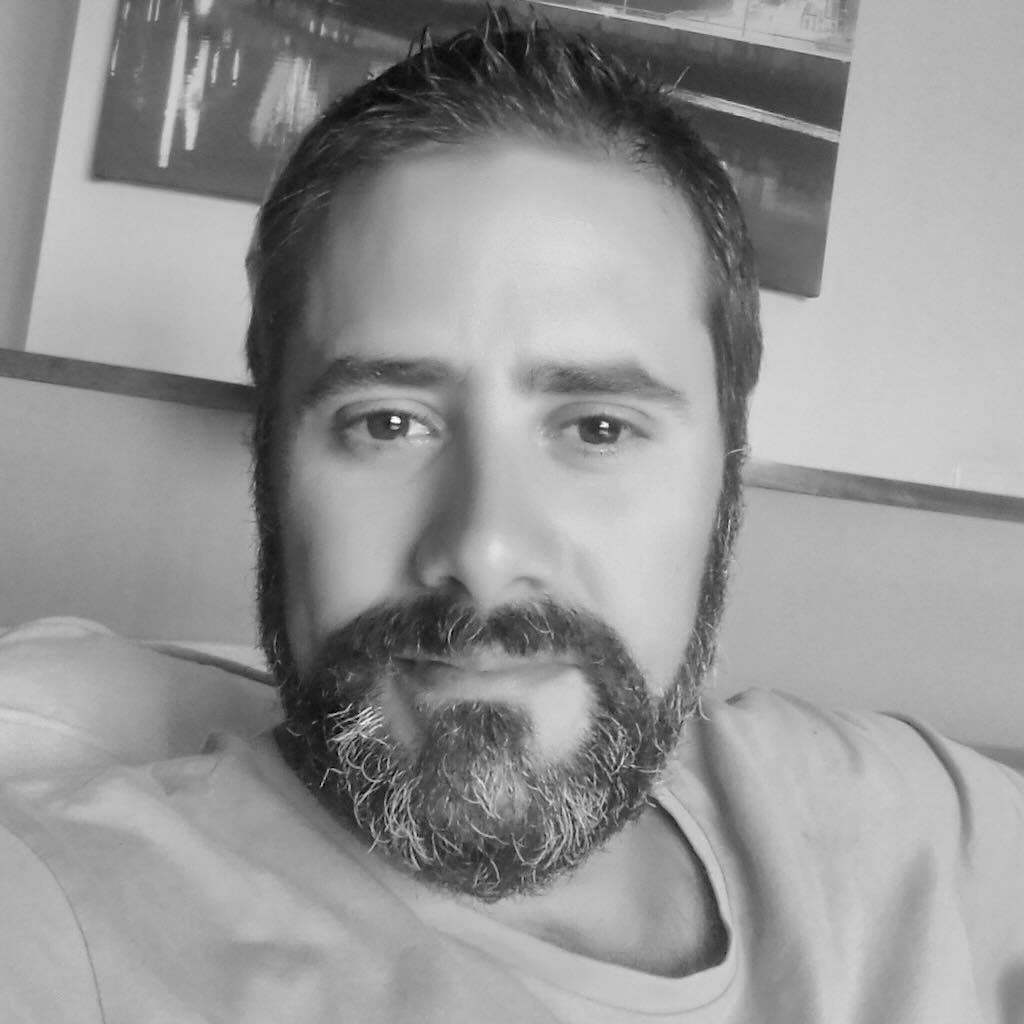
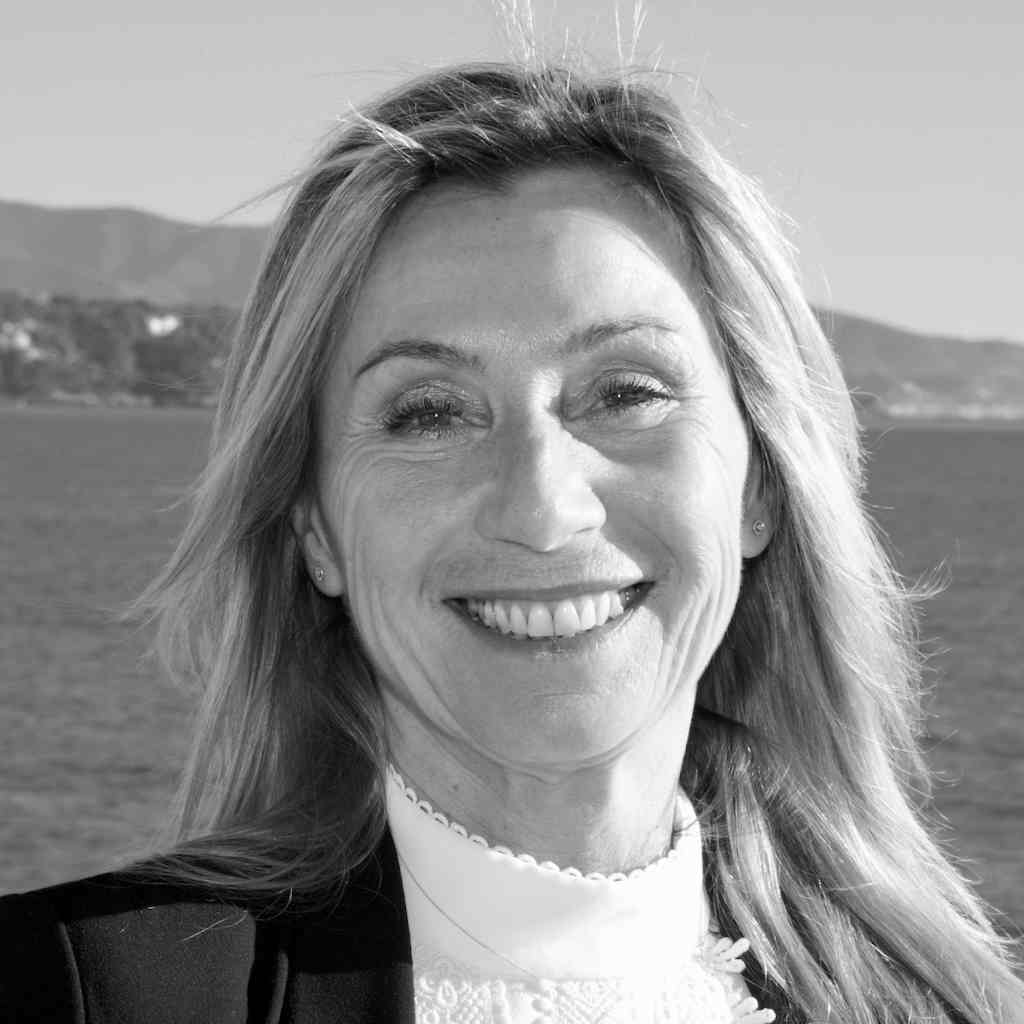
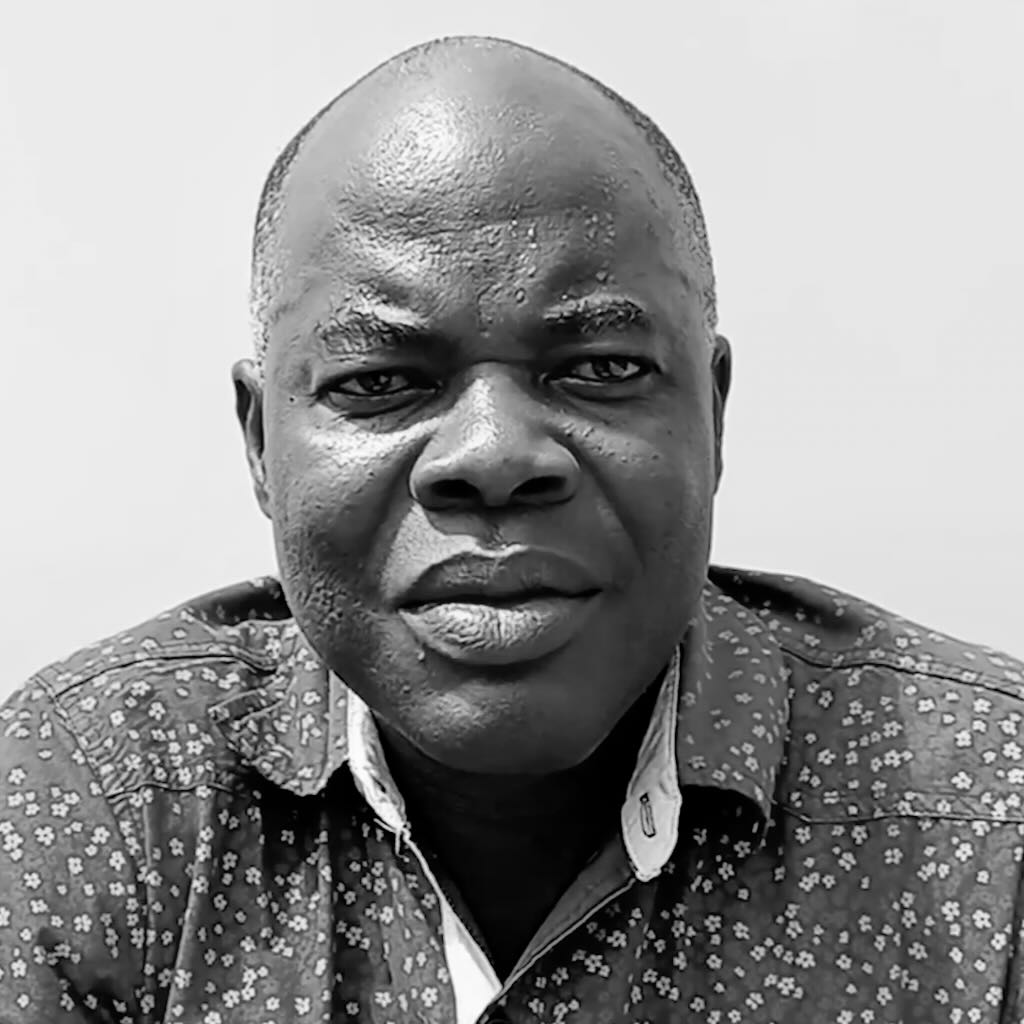
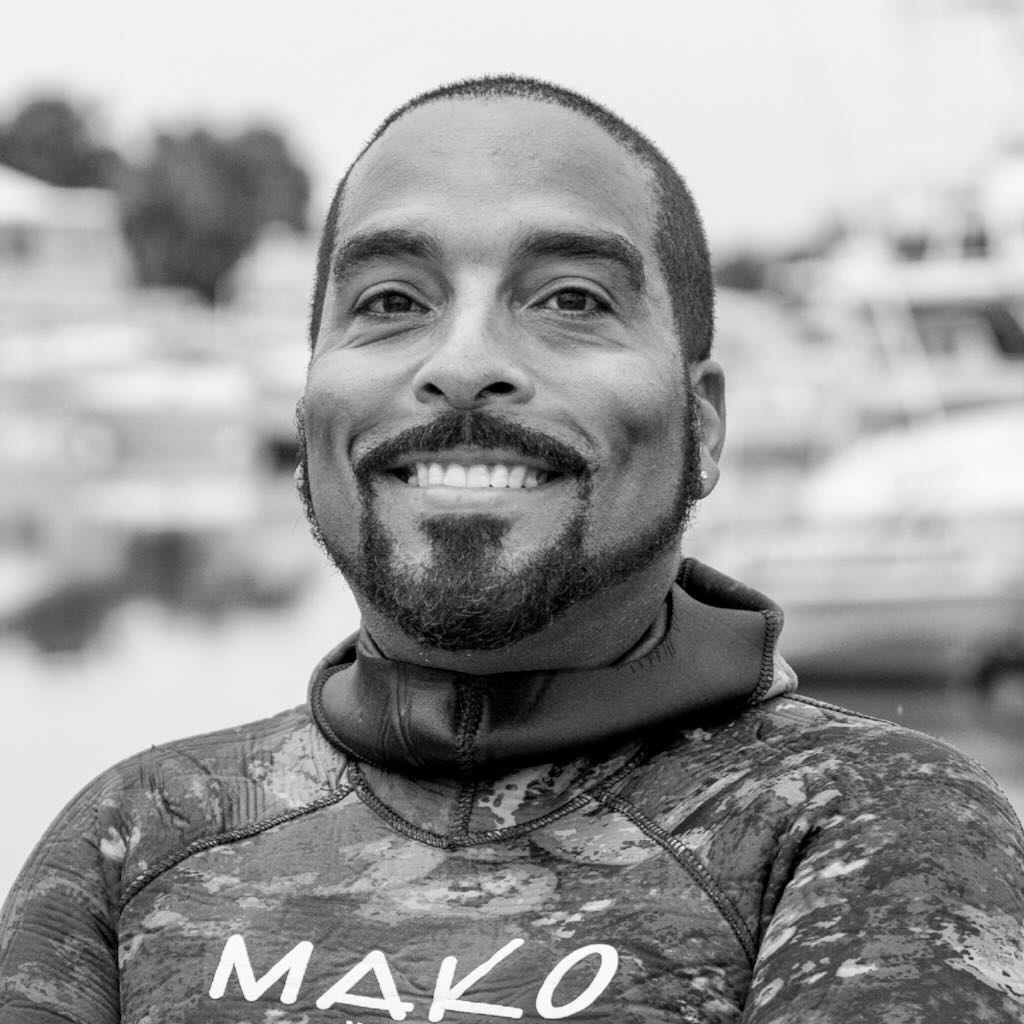
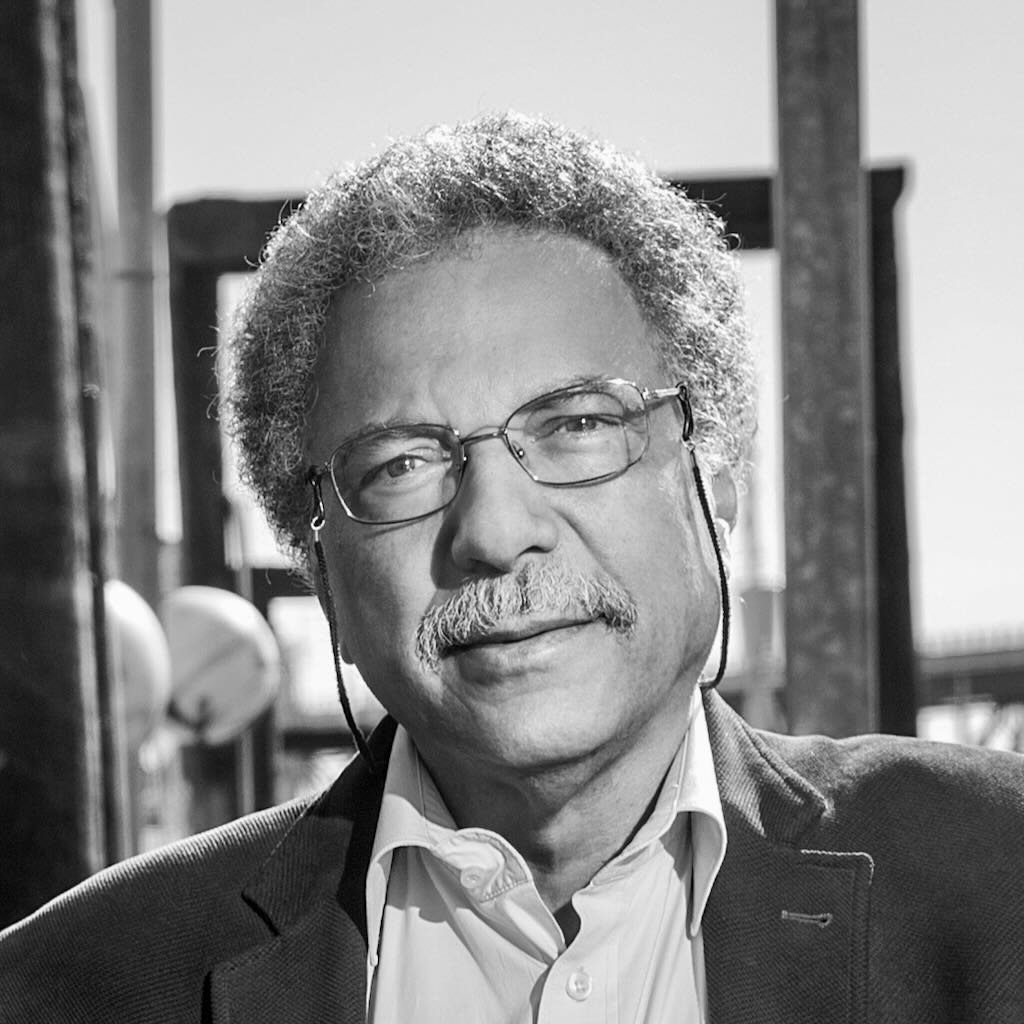
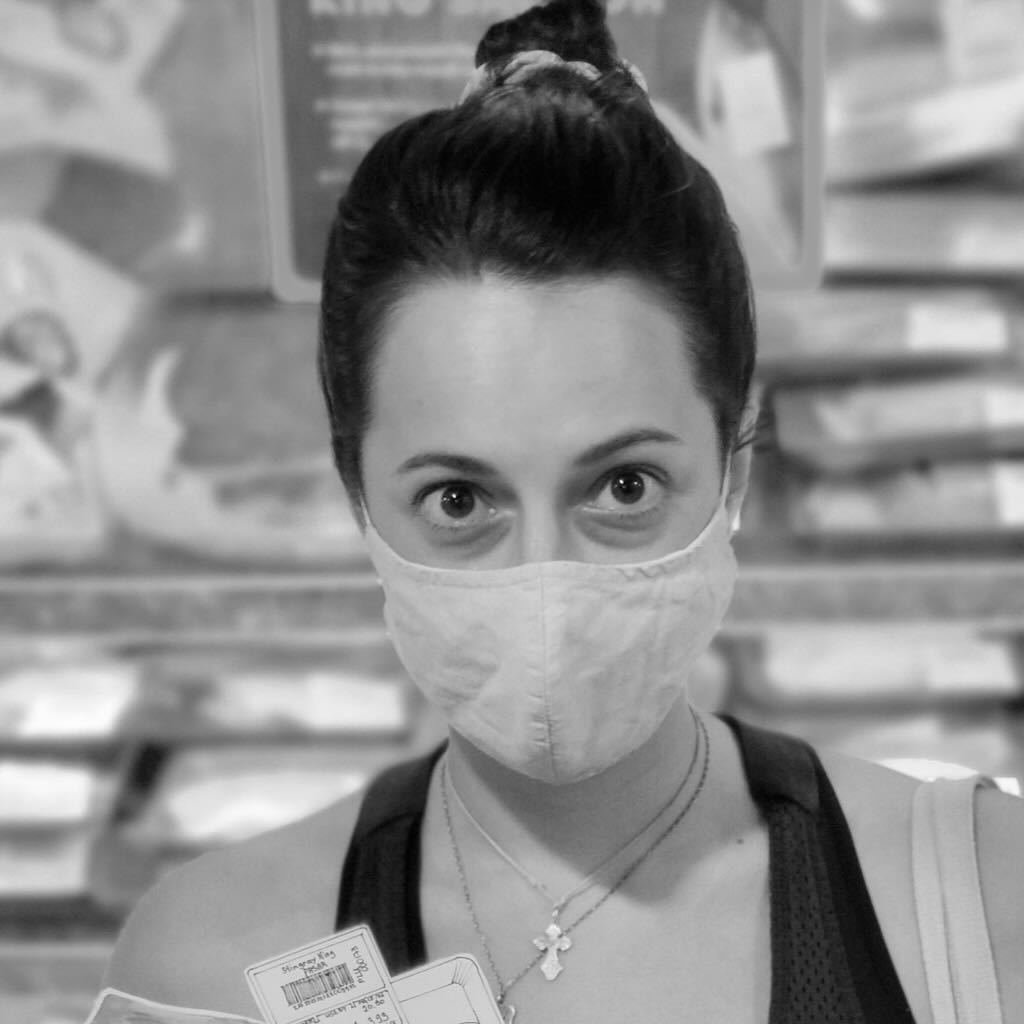
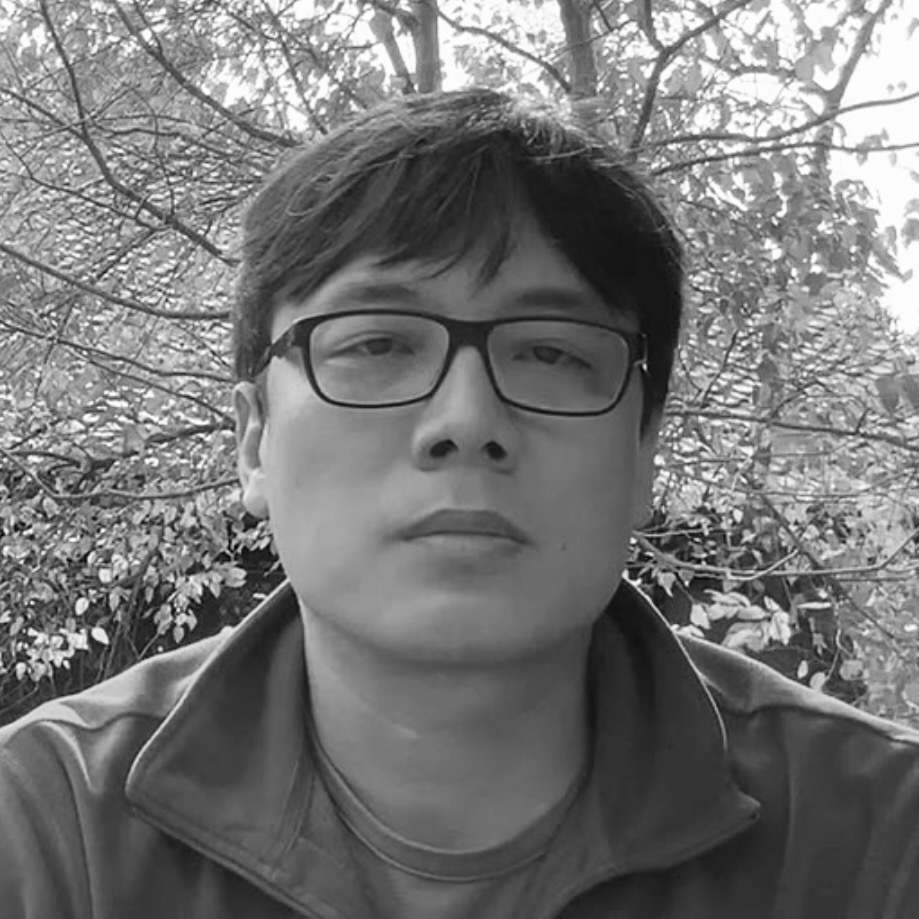
-- Weldon Wade
We are looking for inspiring poetry and short stories about the ocean and the bay of San Antonio. Any topics and formats are welcome (Winners will receive a prize!)
See winnersWith this competition we invite the children of San Antonio Bay to share their drawings related to the ocean or simply how they enjoyed their summer in San Antonio or Las Grutas (Winners will receive a prize!)
See winnersWith this competition we invite the youth of San Antonio Bay to share their best photos that represent what the bay of San Antonio and ocean mean to them. Anything is welcome including animals, people, landscapes or artistic photos. (Winners will receive a prize!)
See winnersFor questions and suggestions about the events, please contact: puebloeselmar@gmail.com
If you want to know more about the project, write to us at: v.relano@oceans.ubc.ca
If you have questions about donations or require IT-support please reach us at: contact@watersciencepolicy.com
